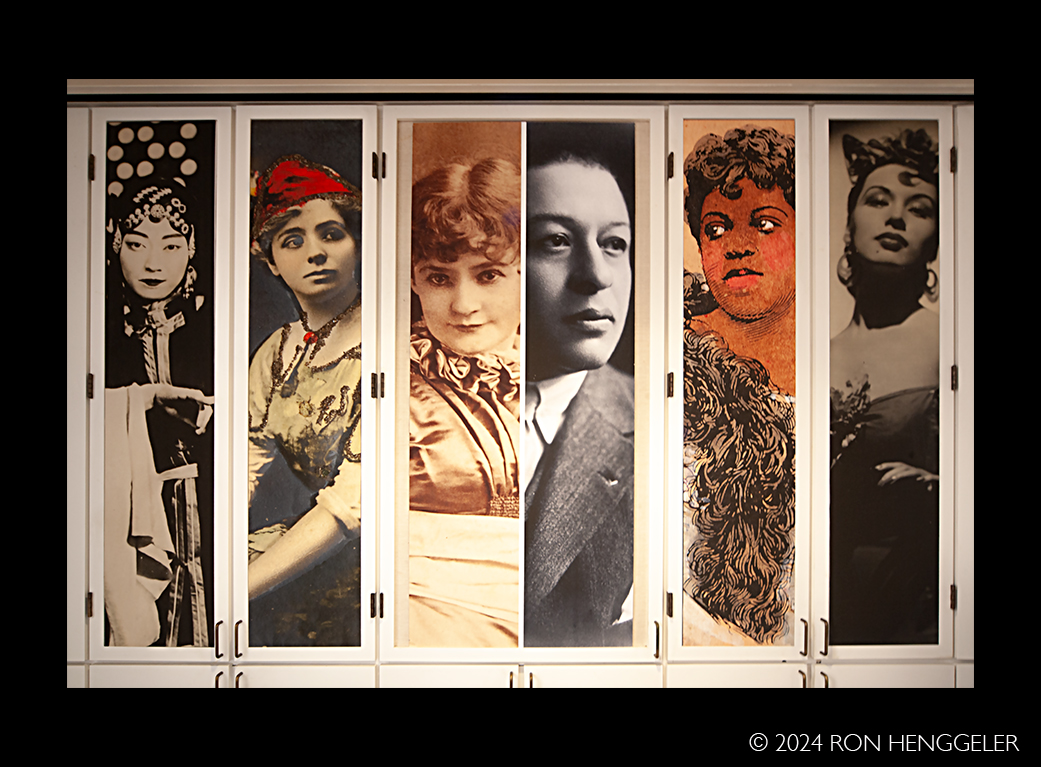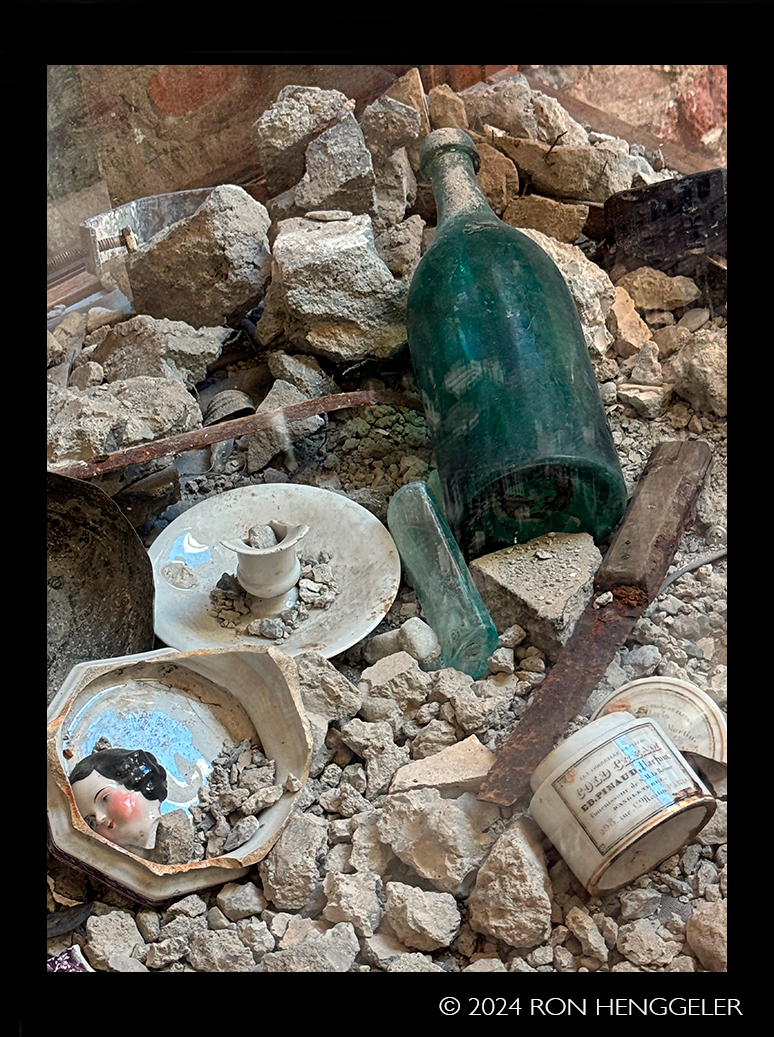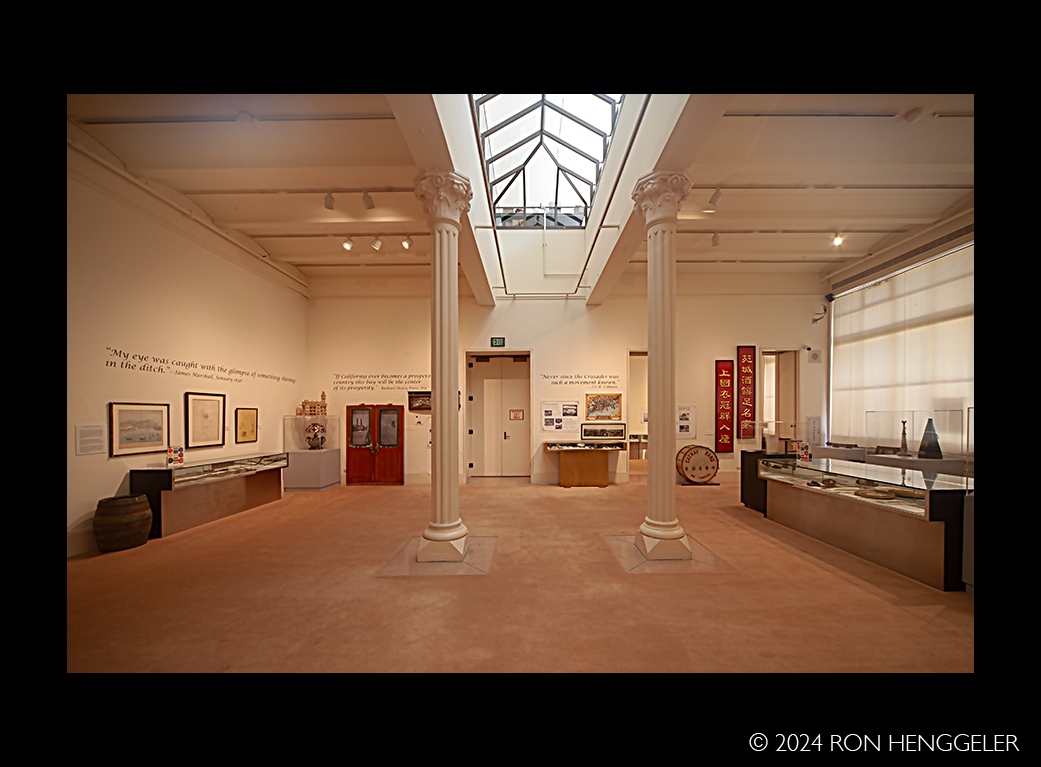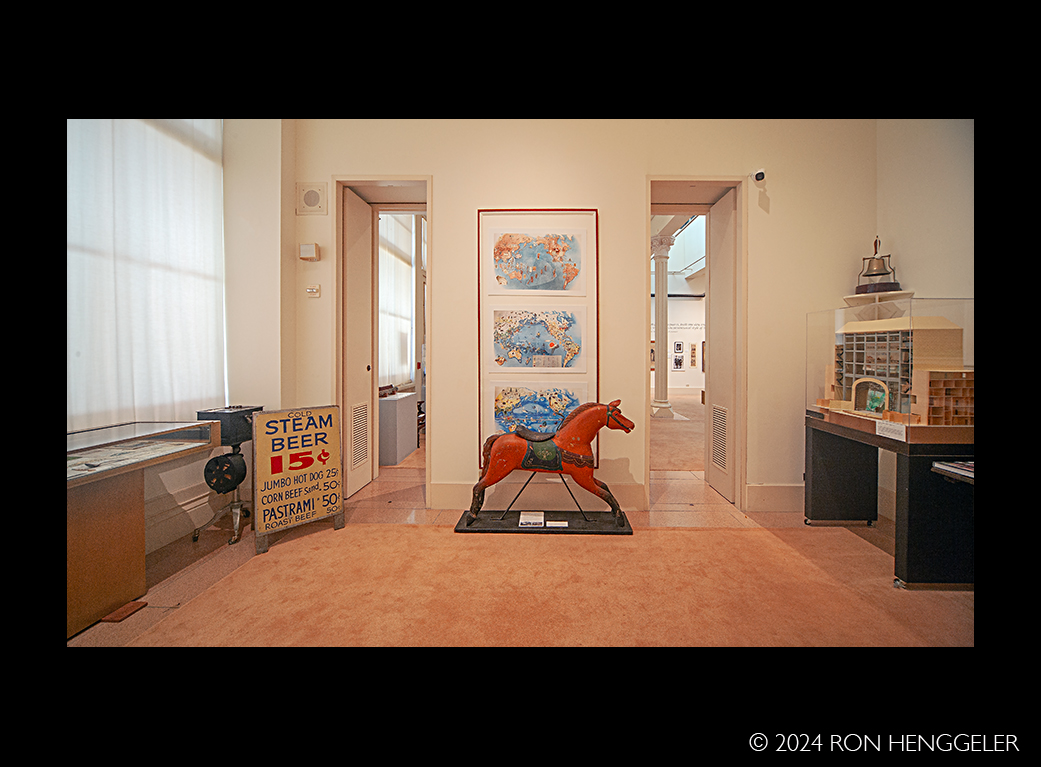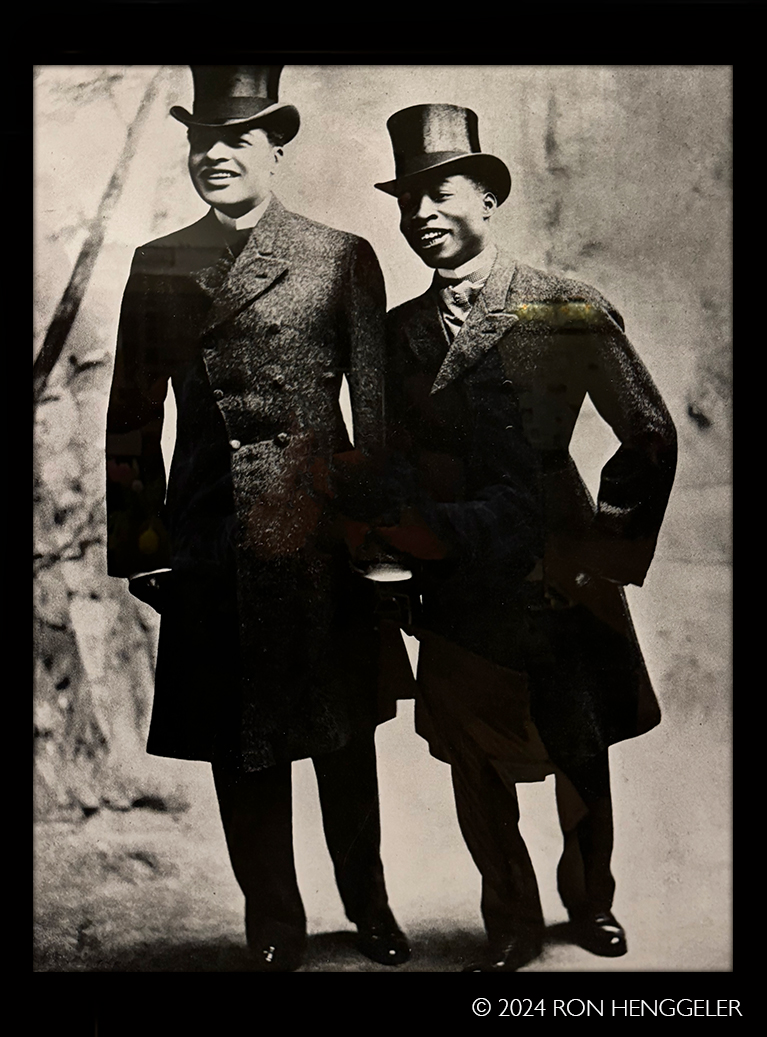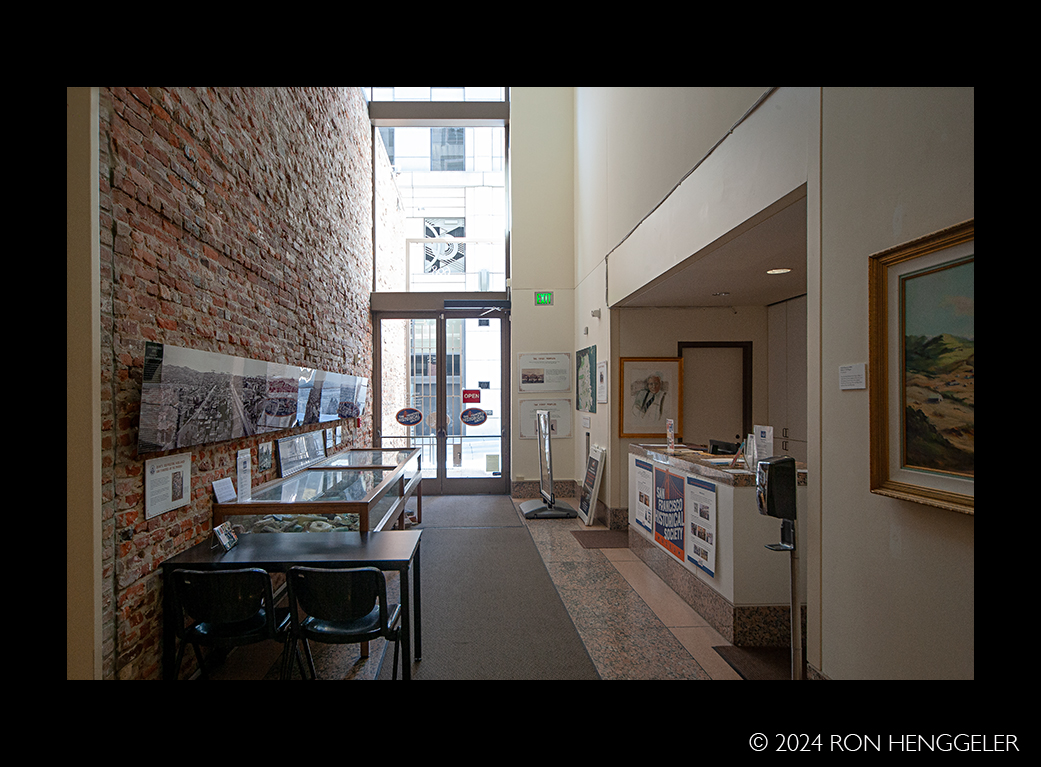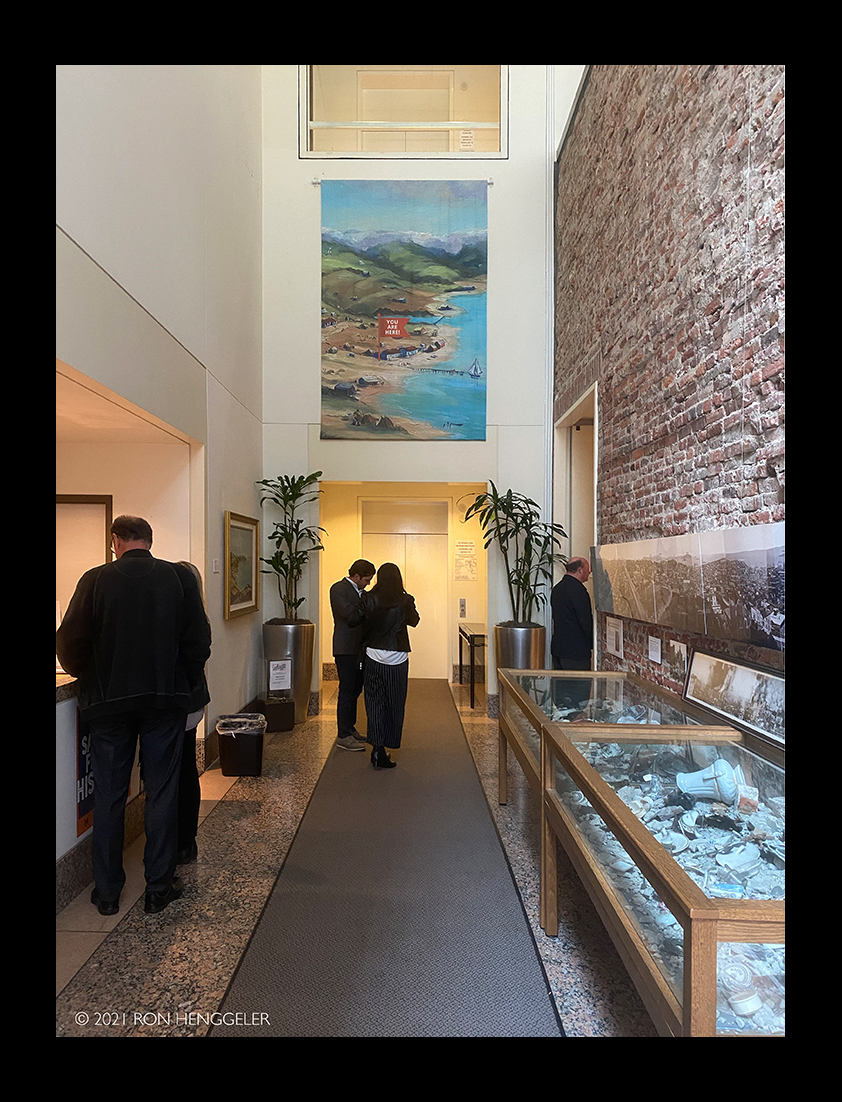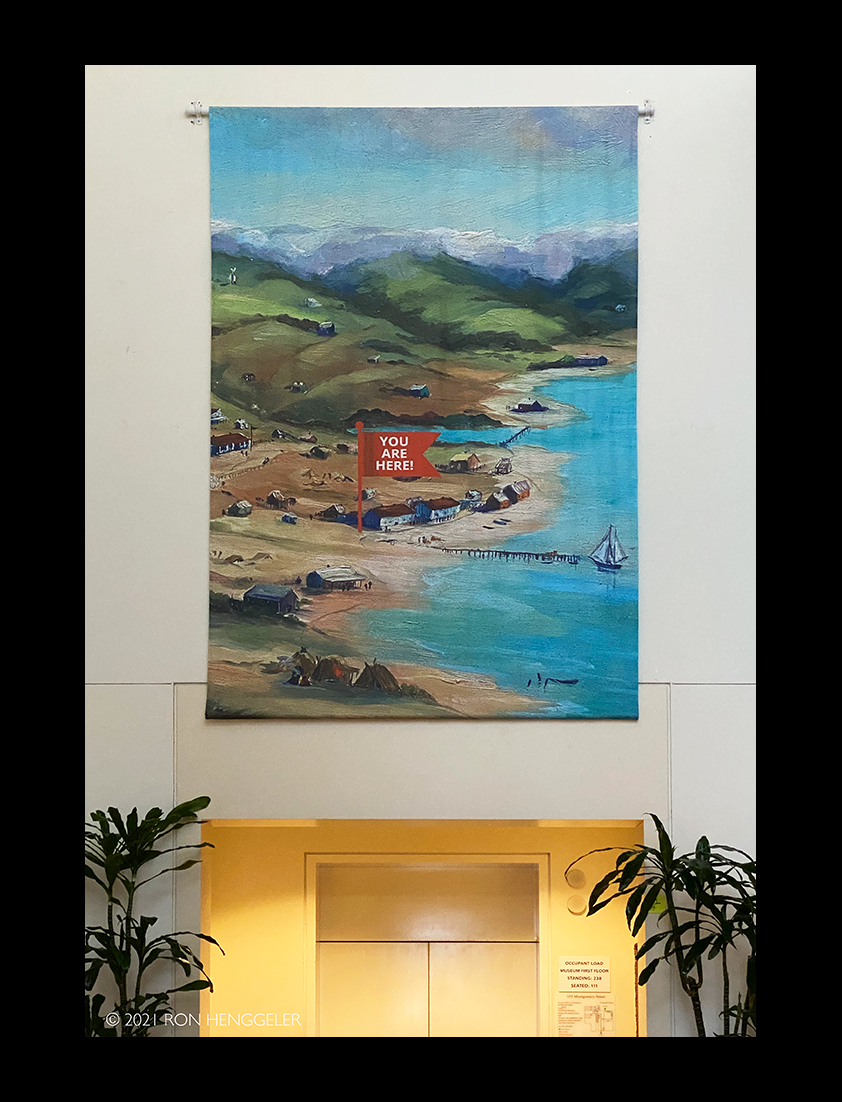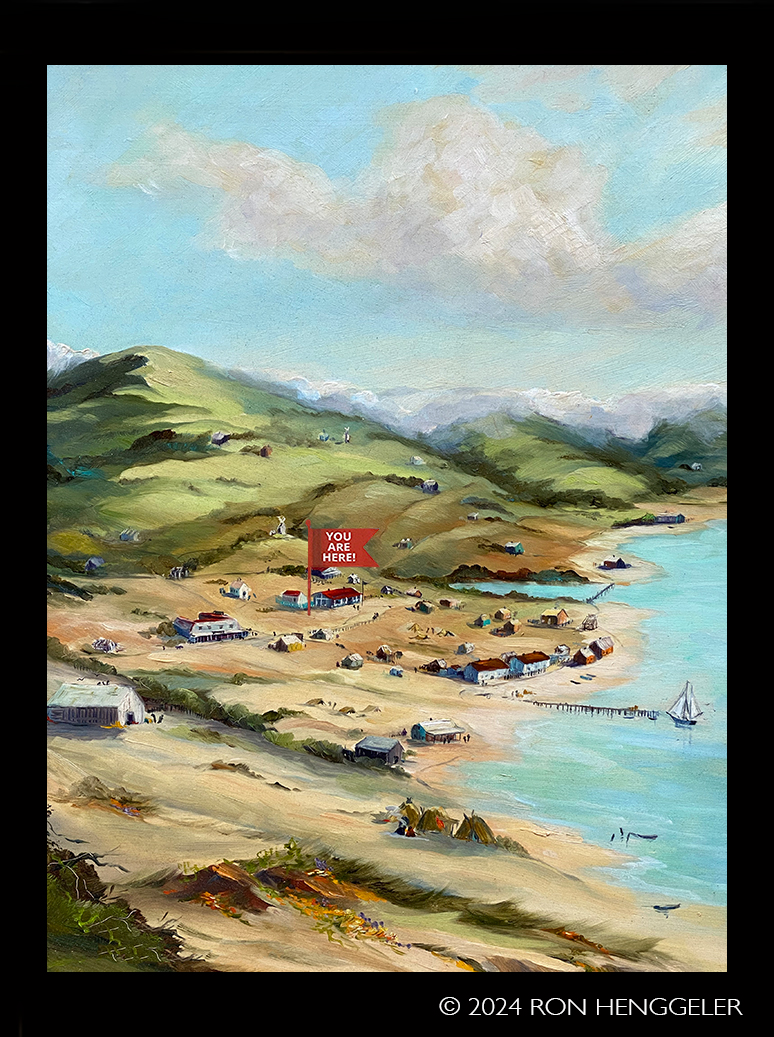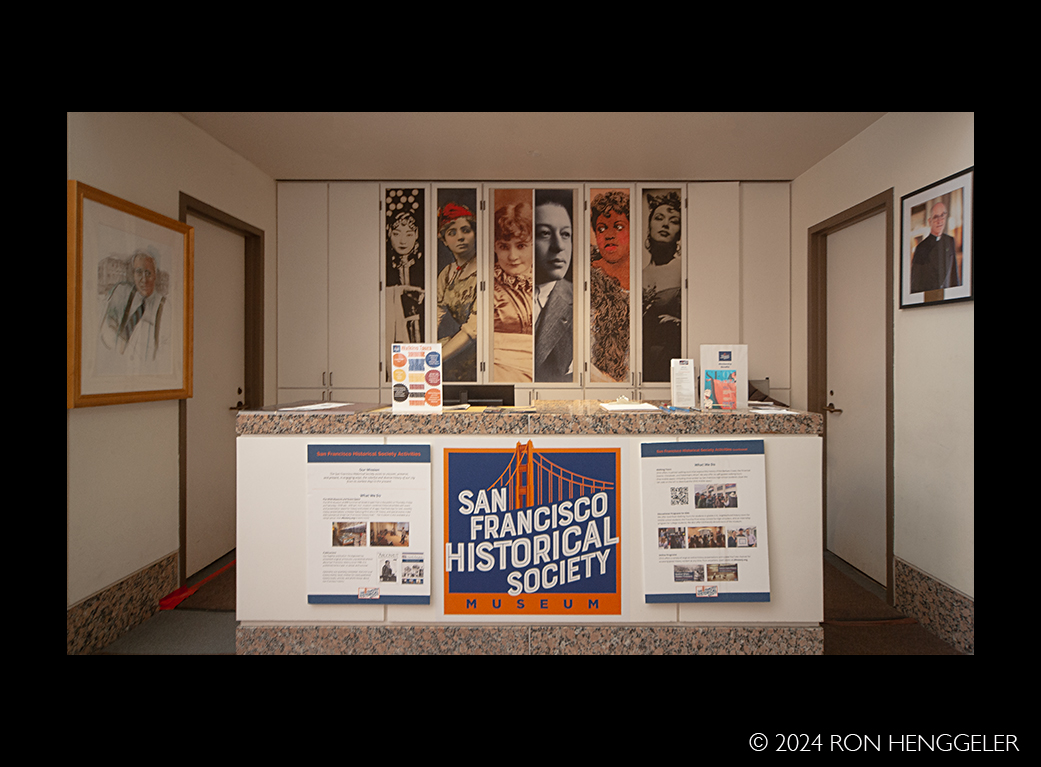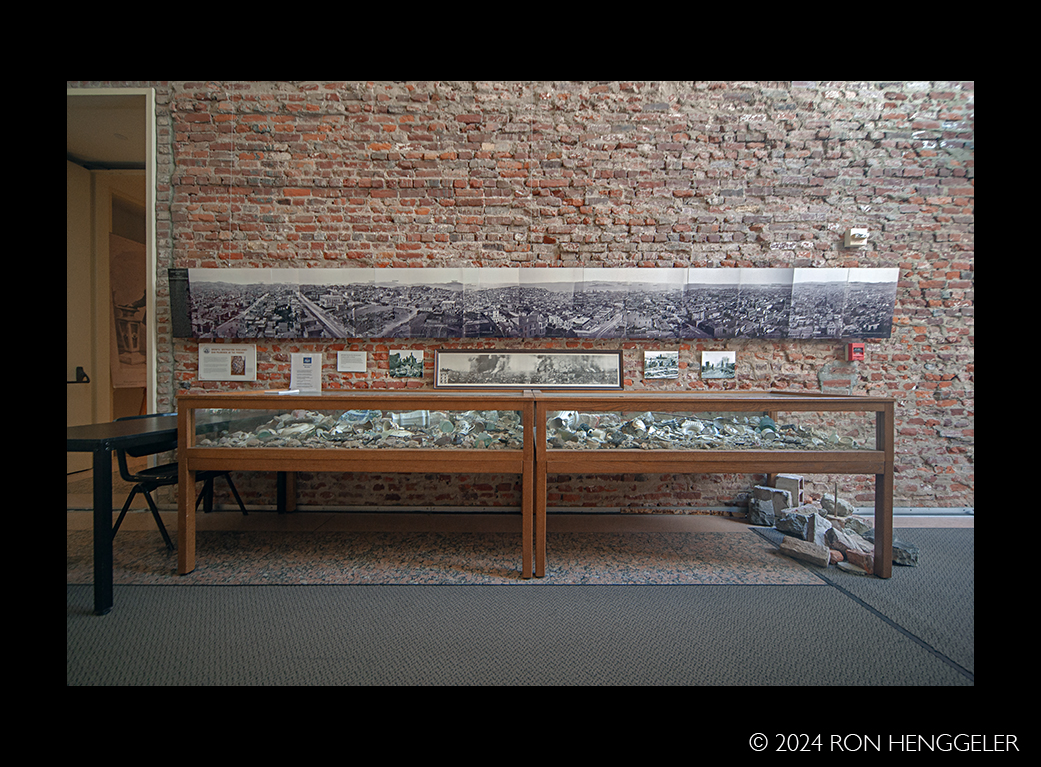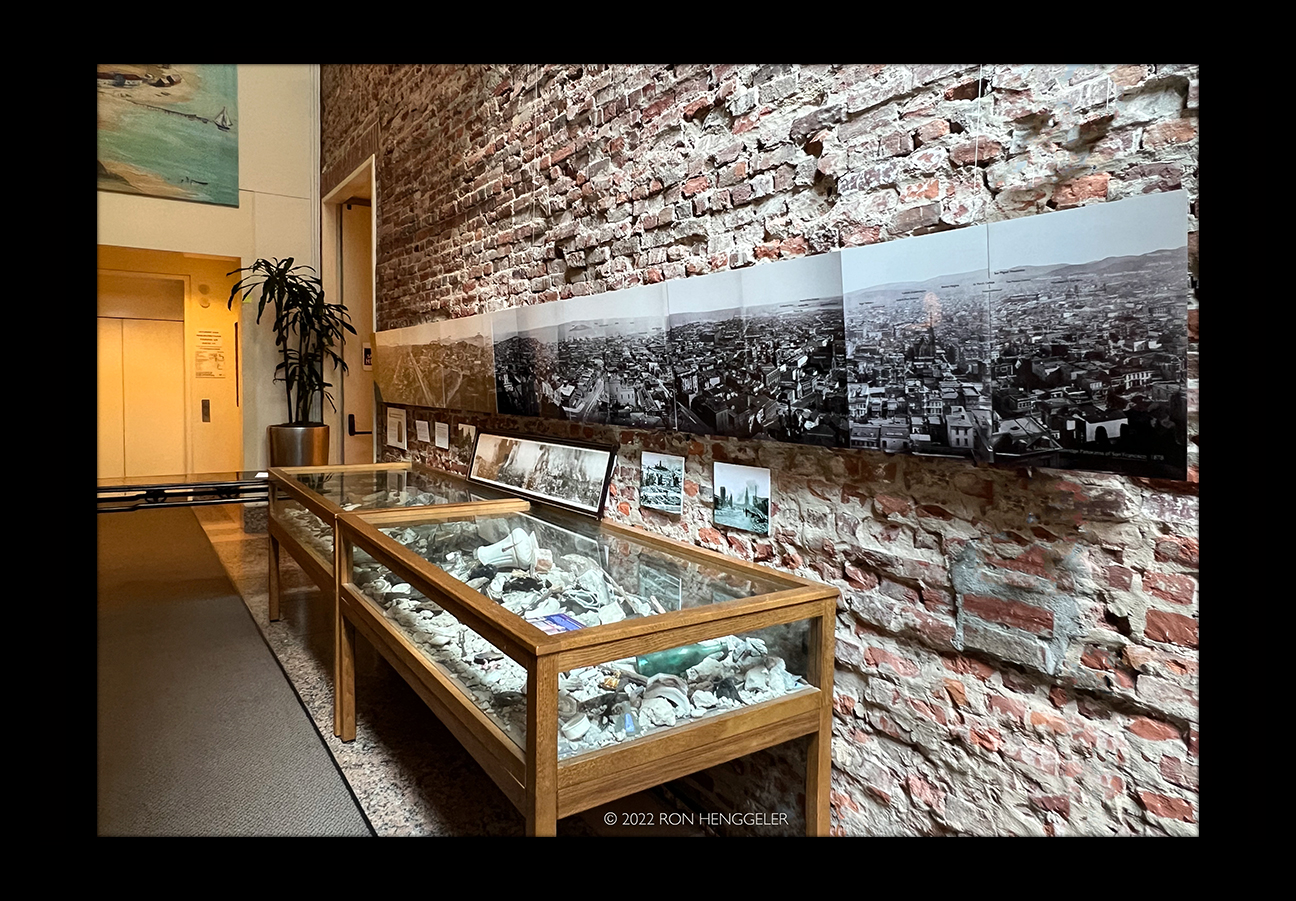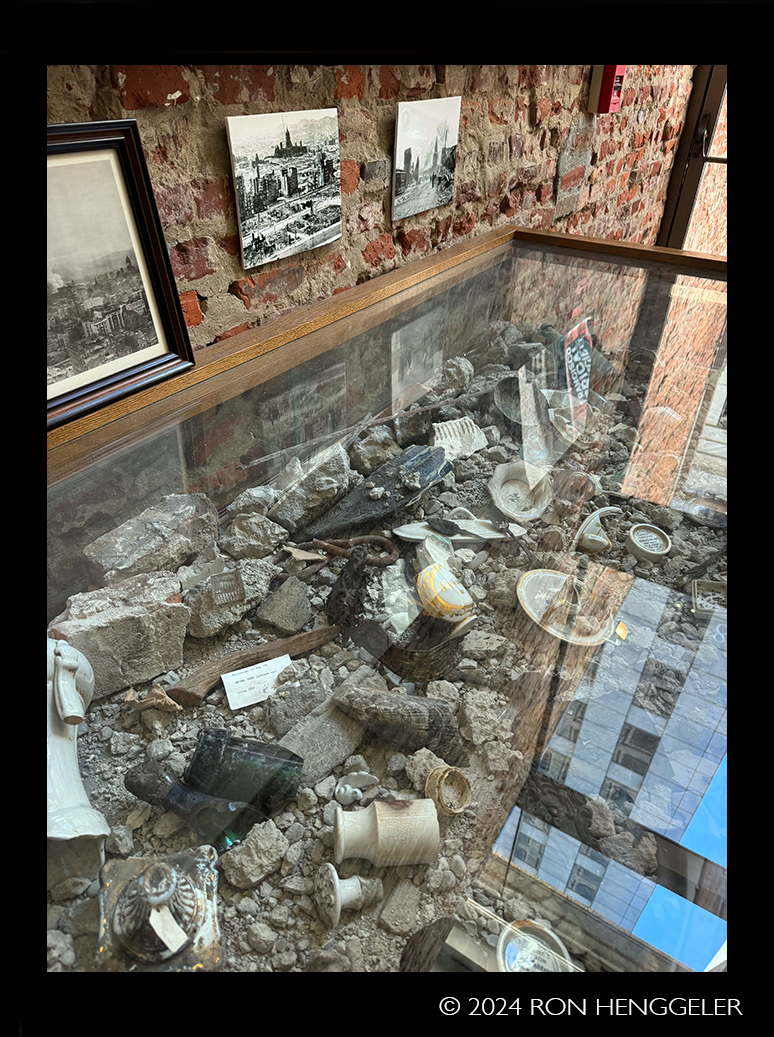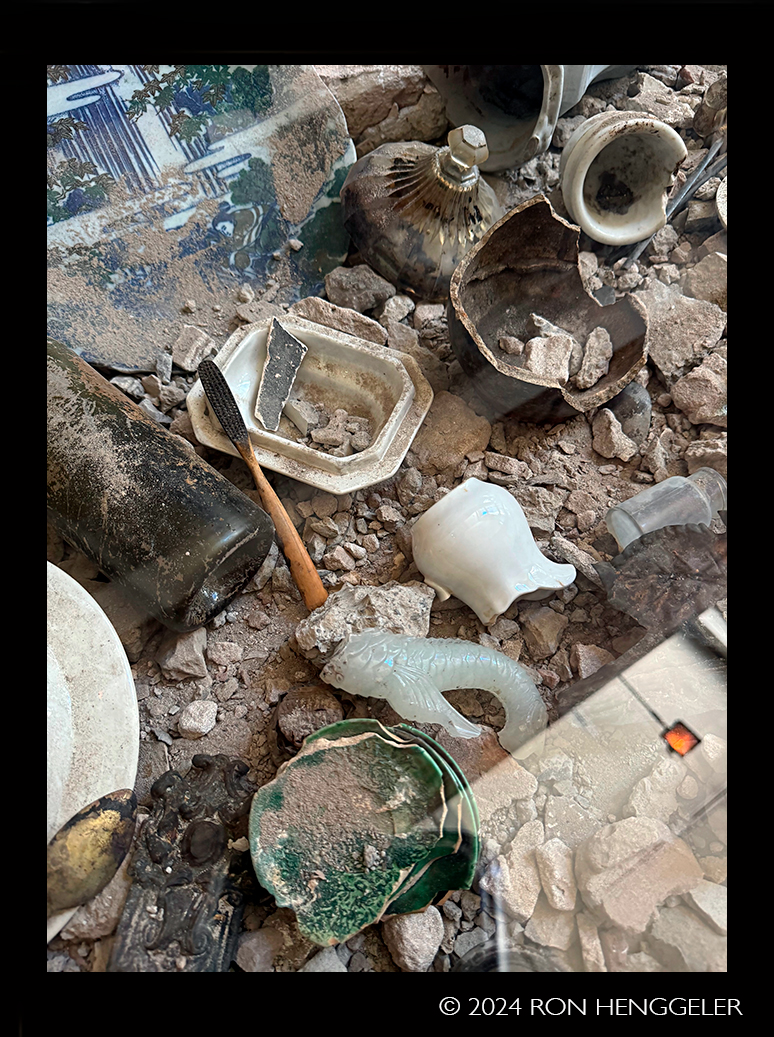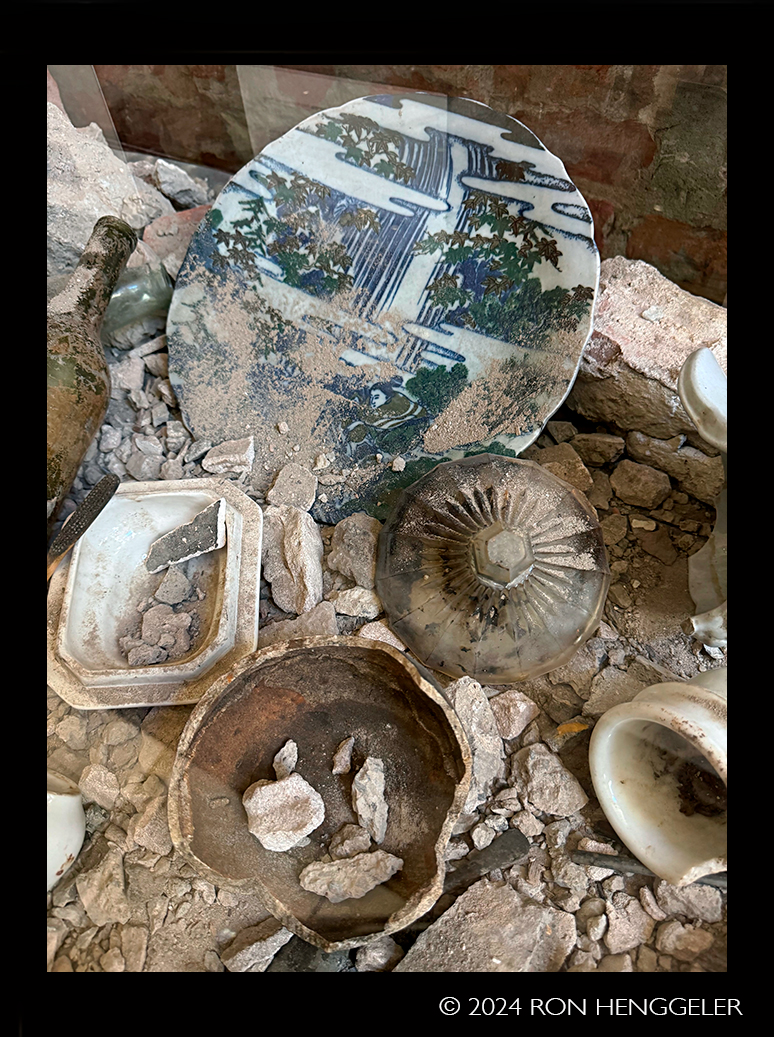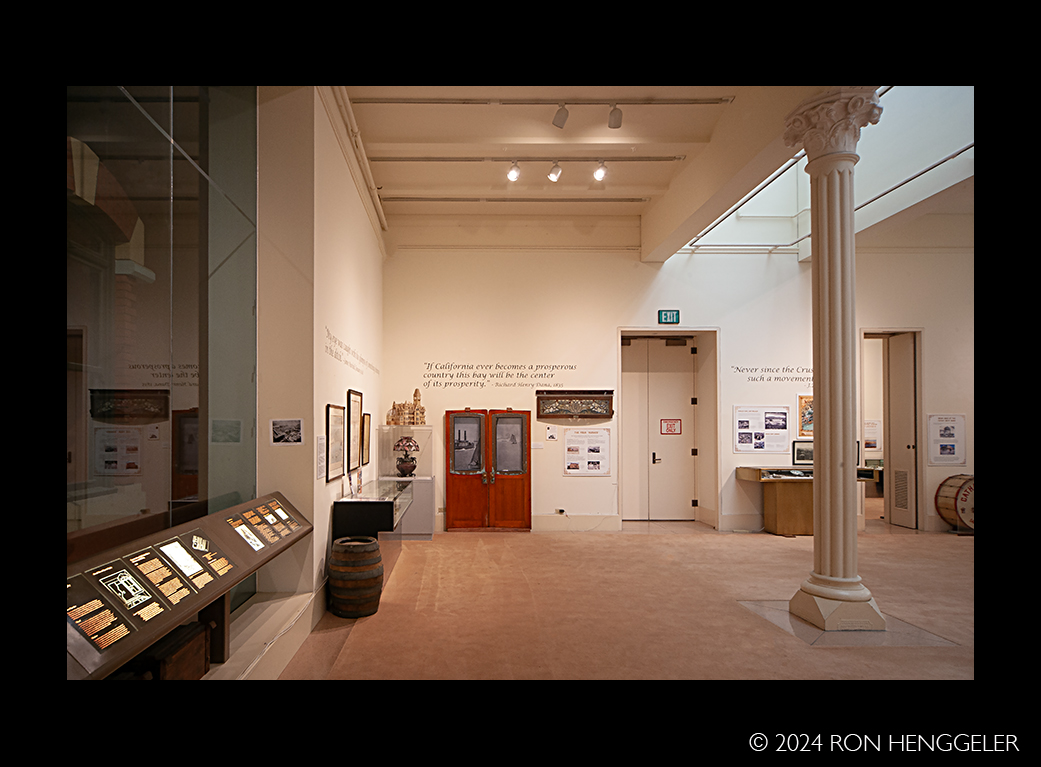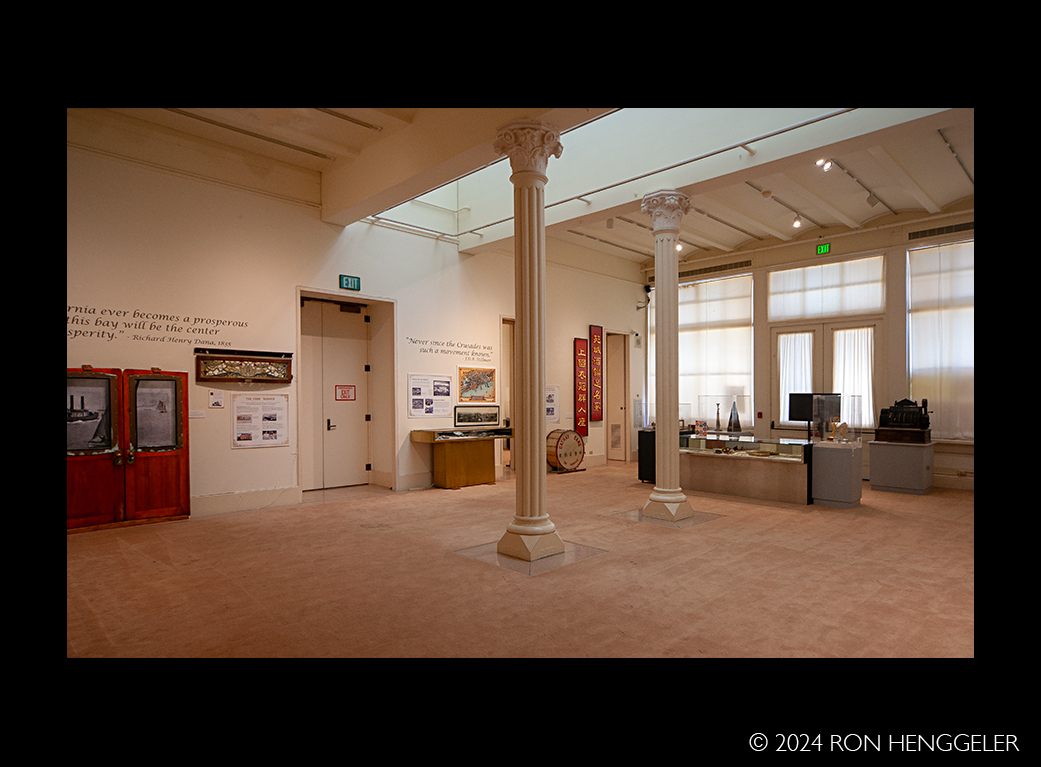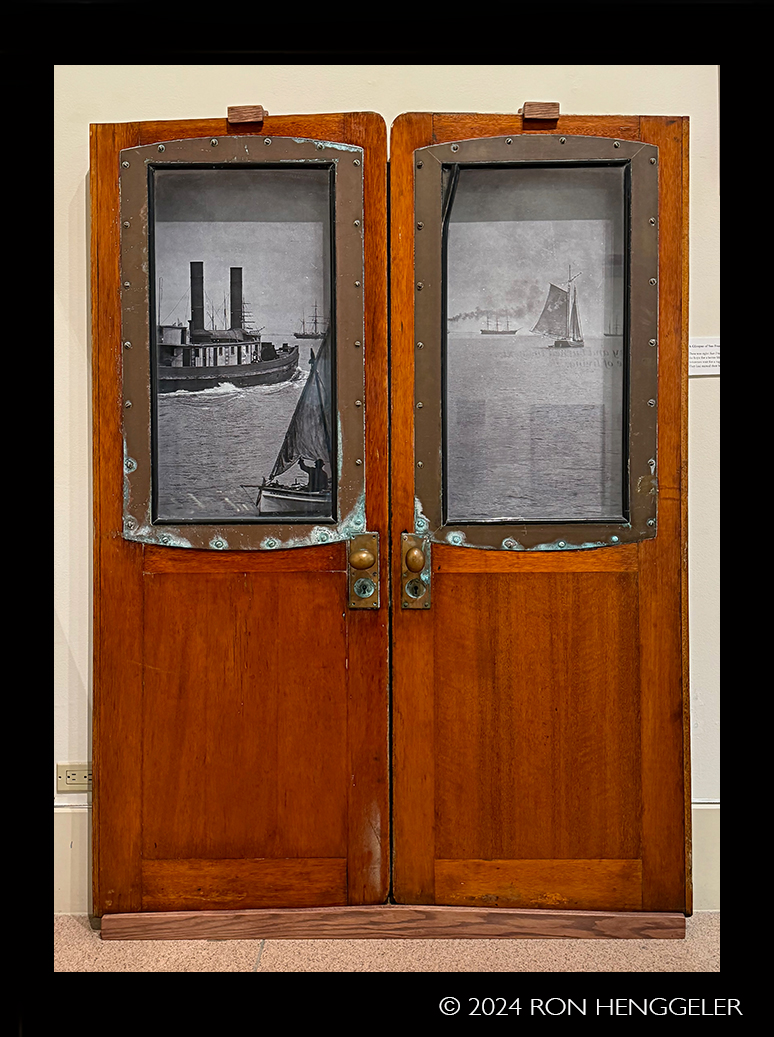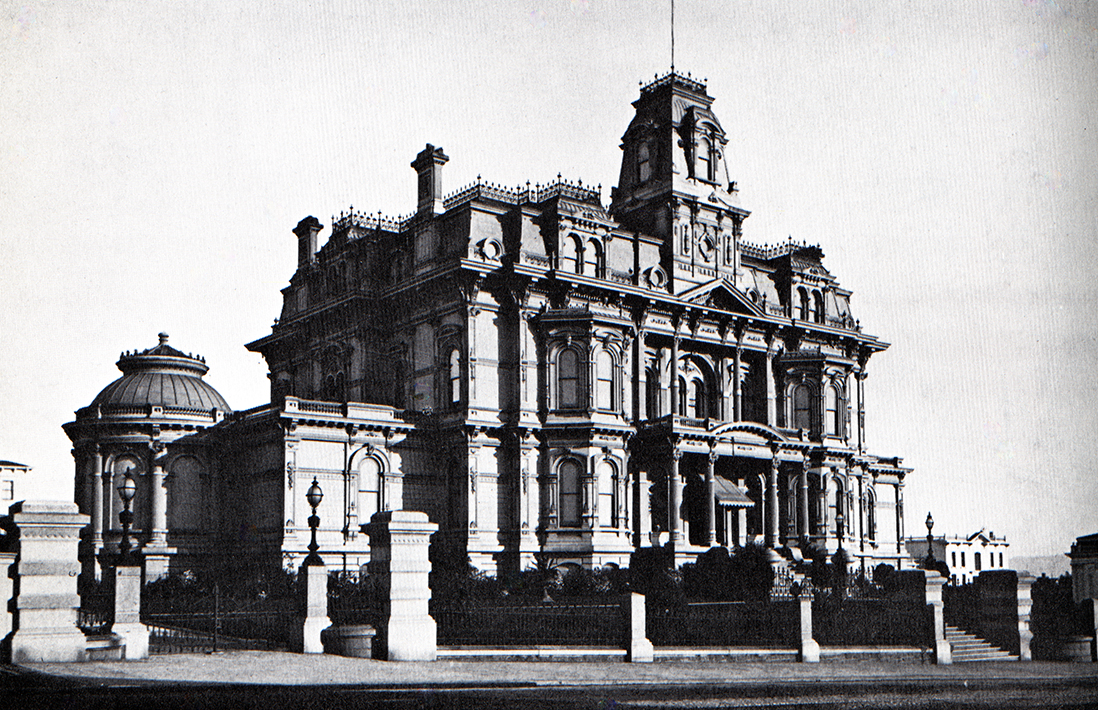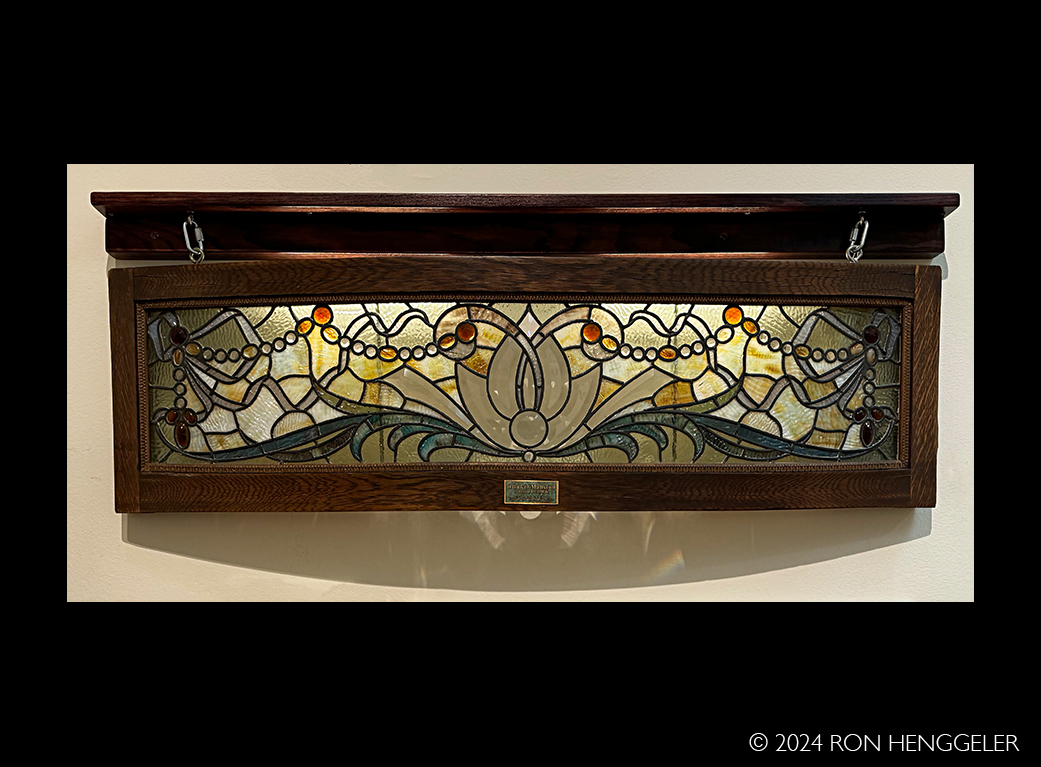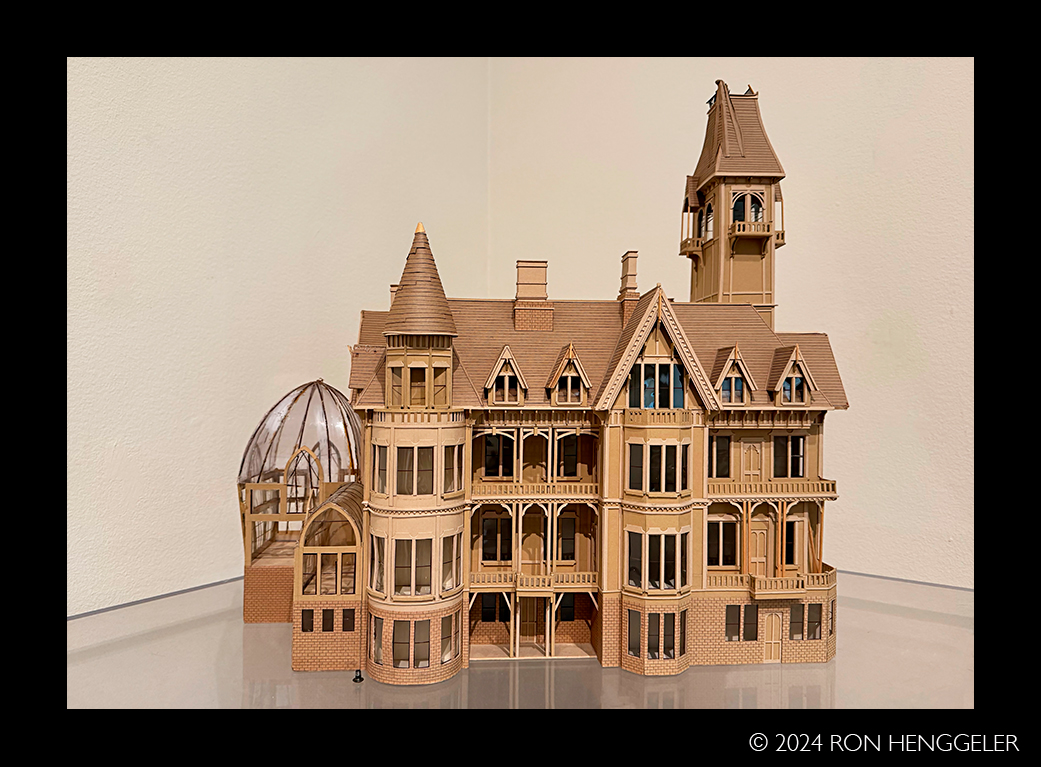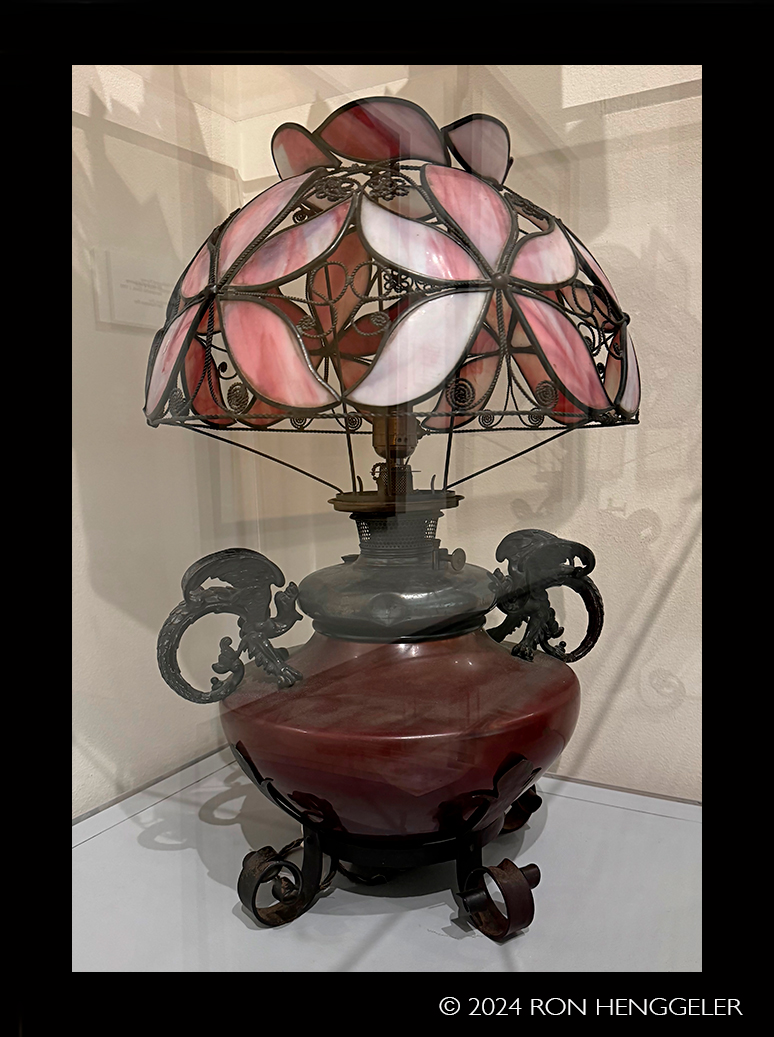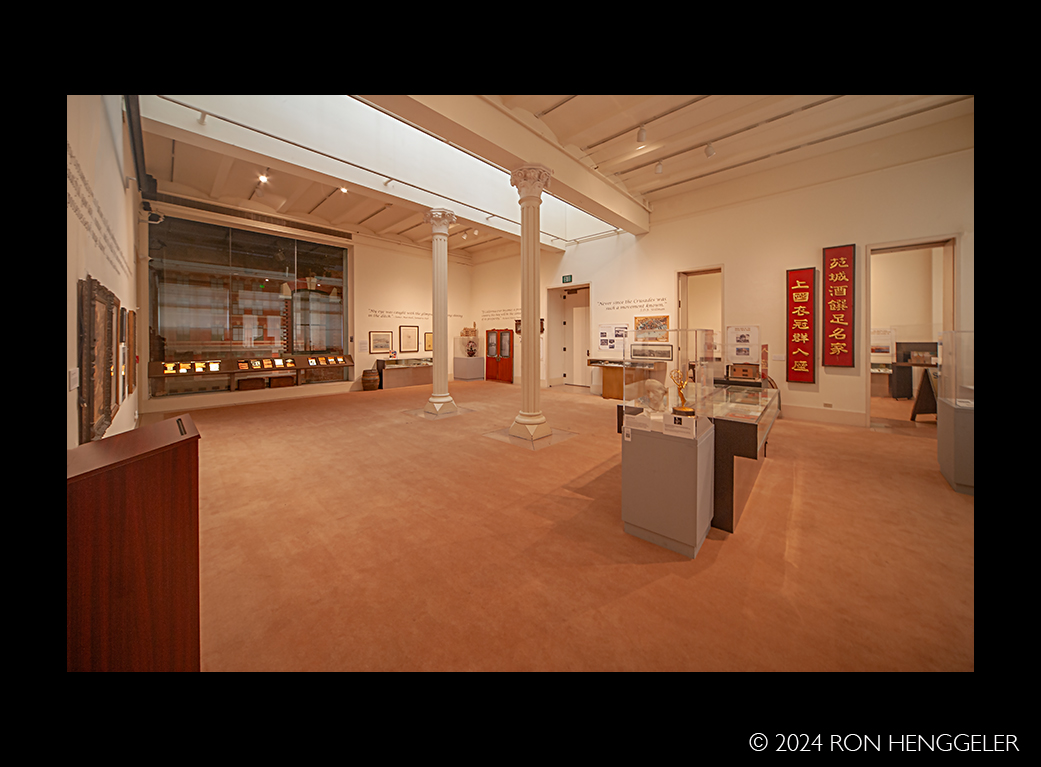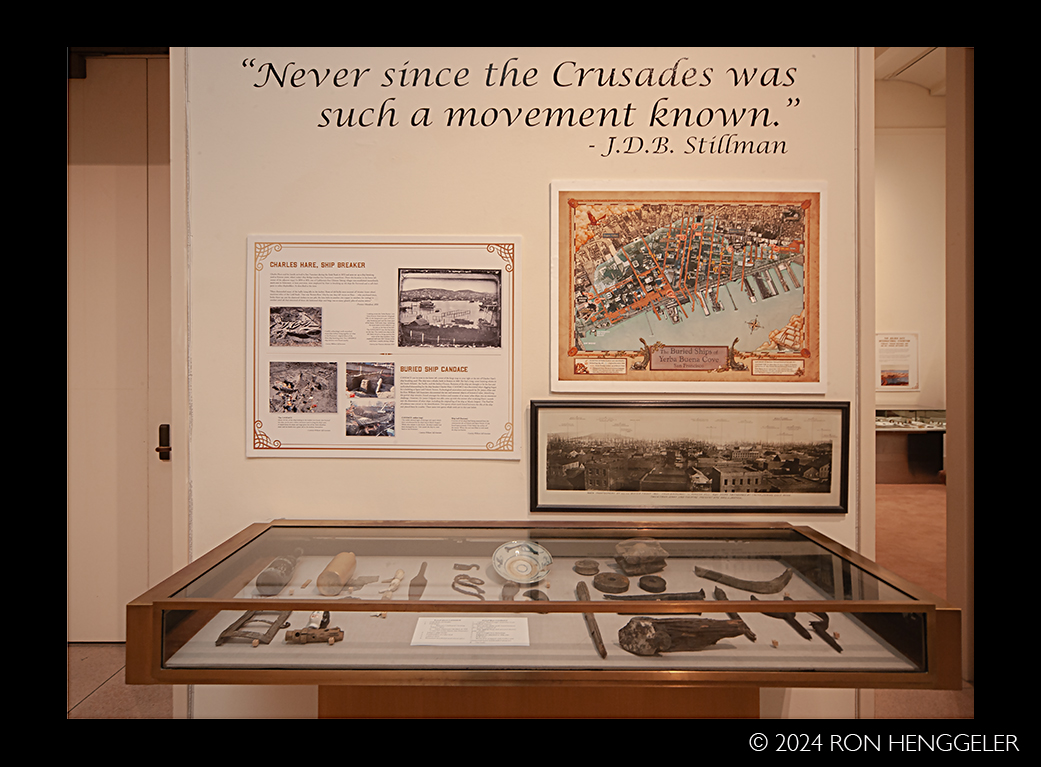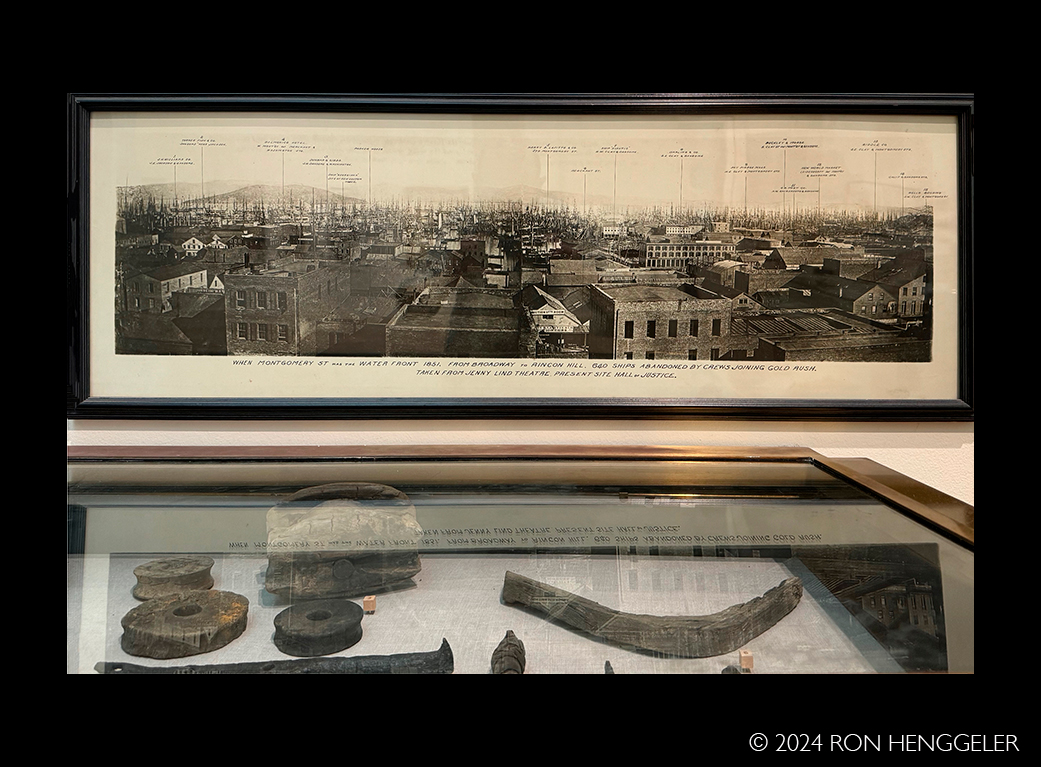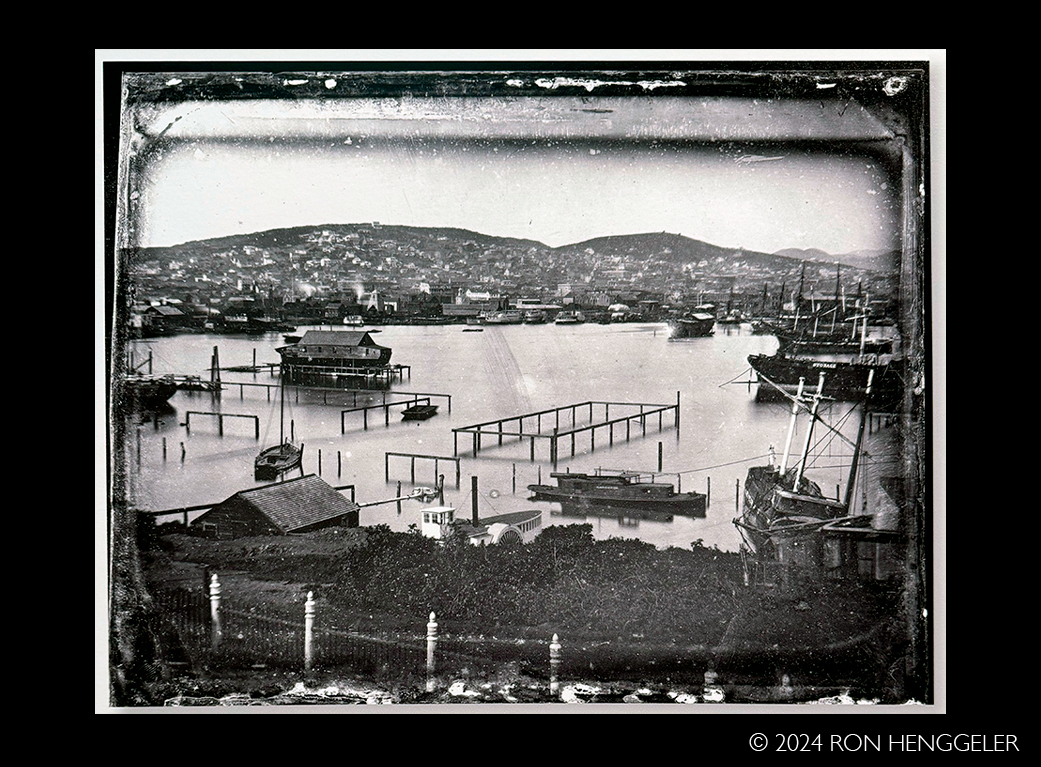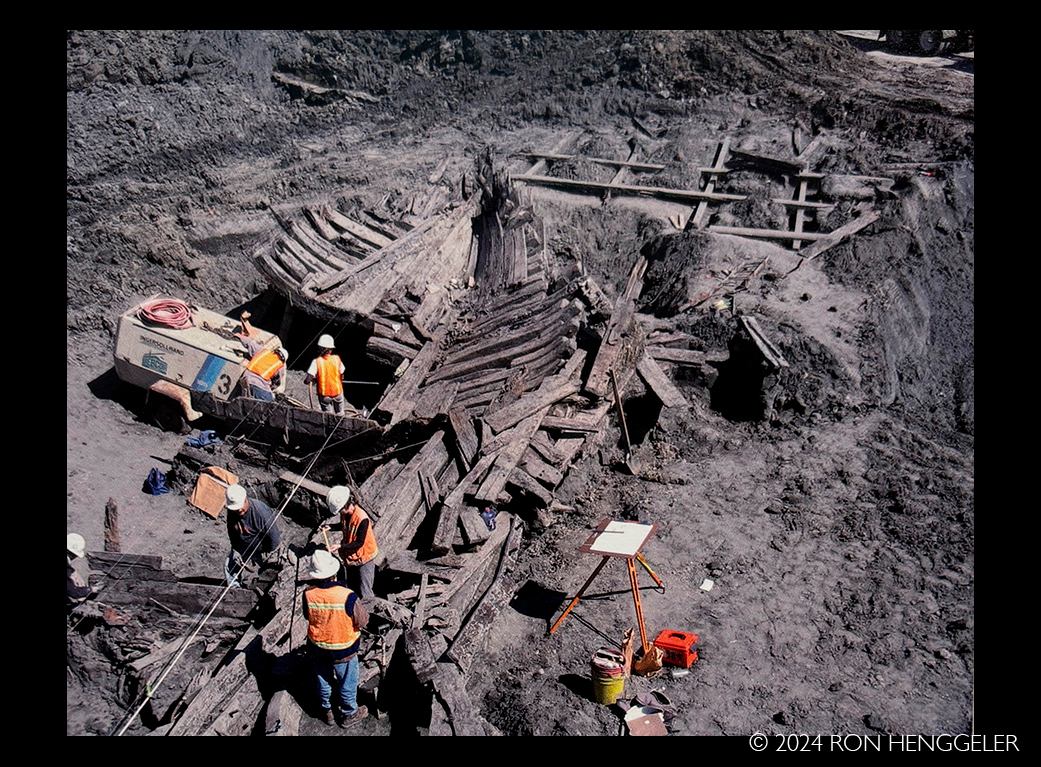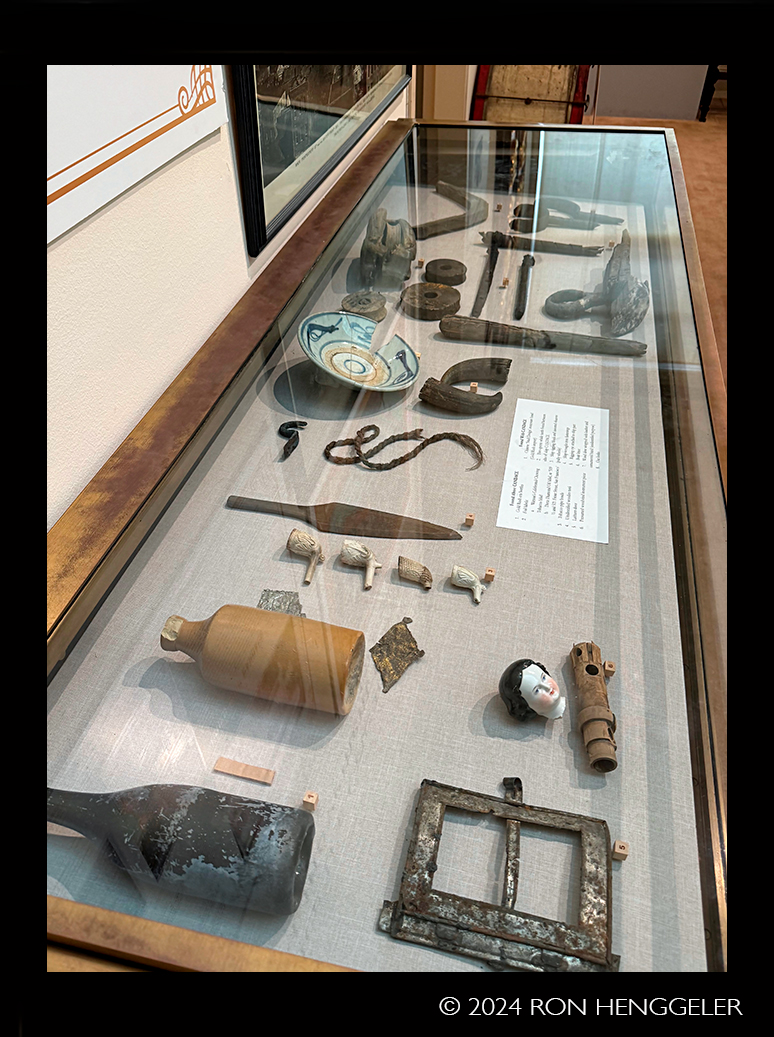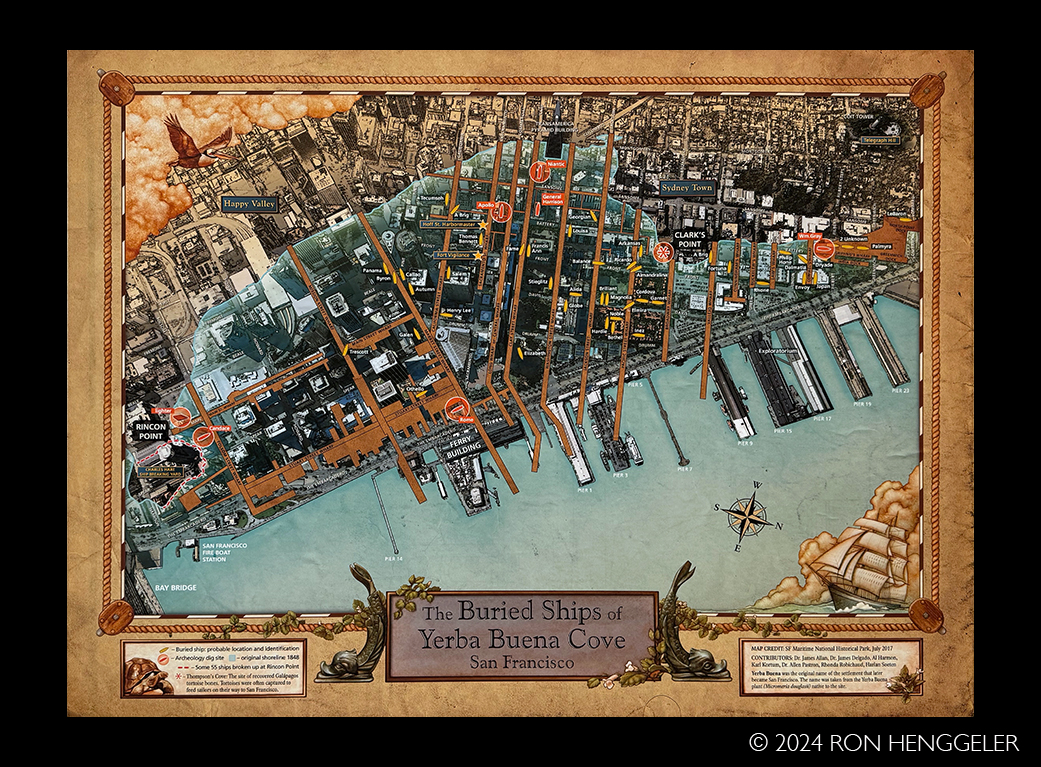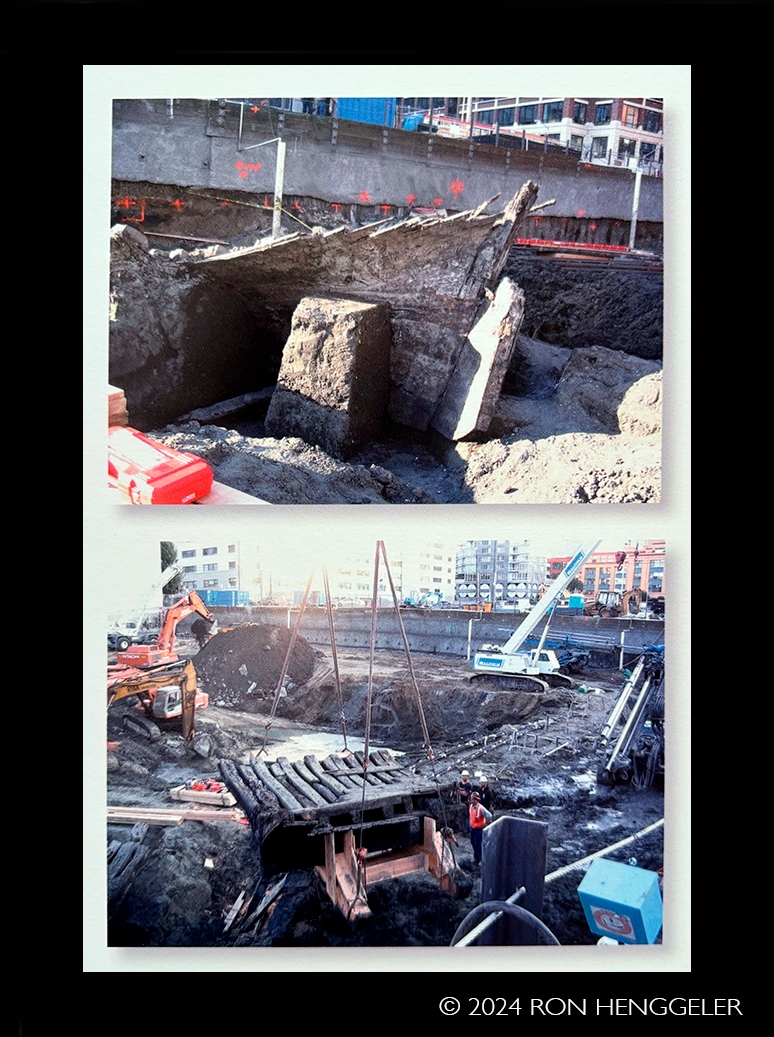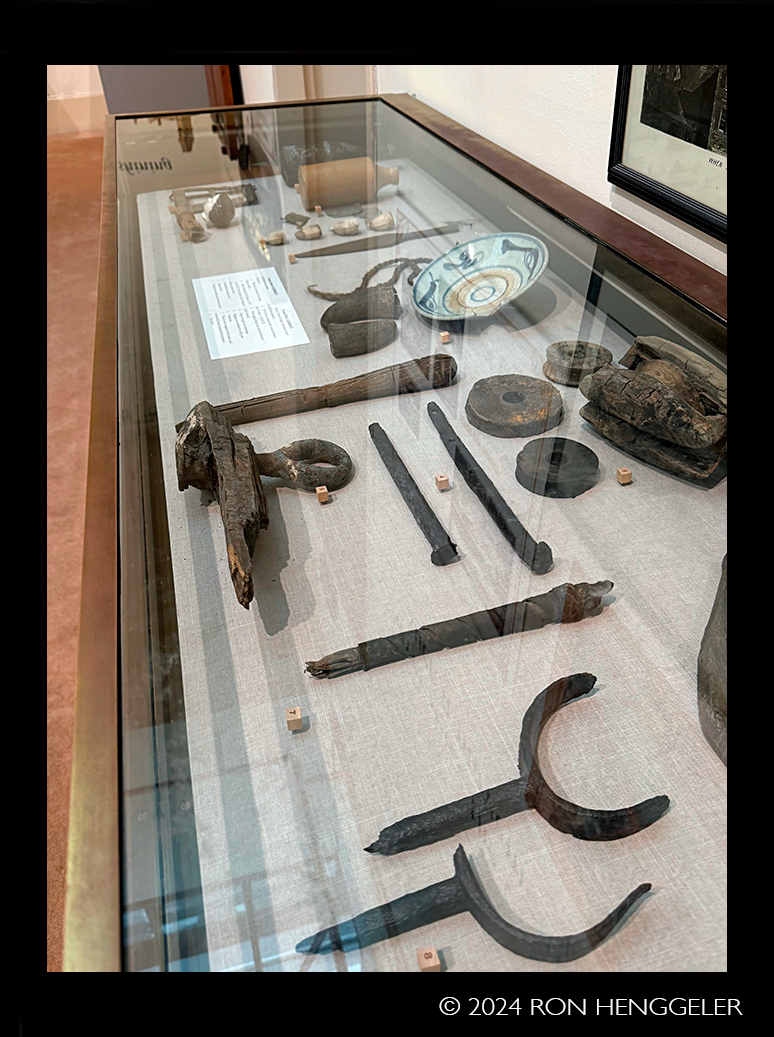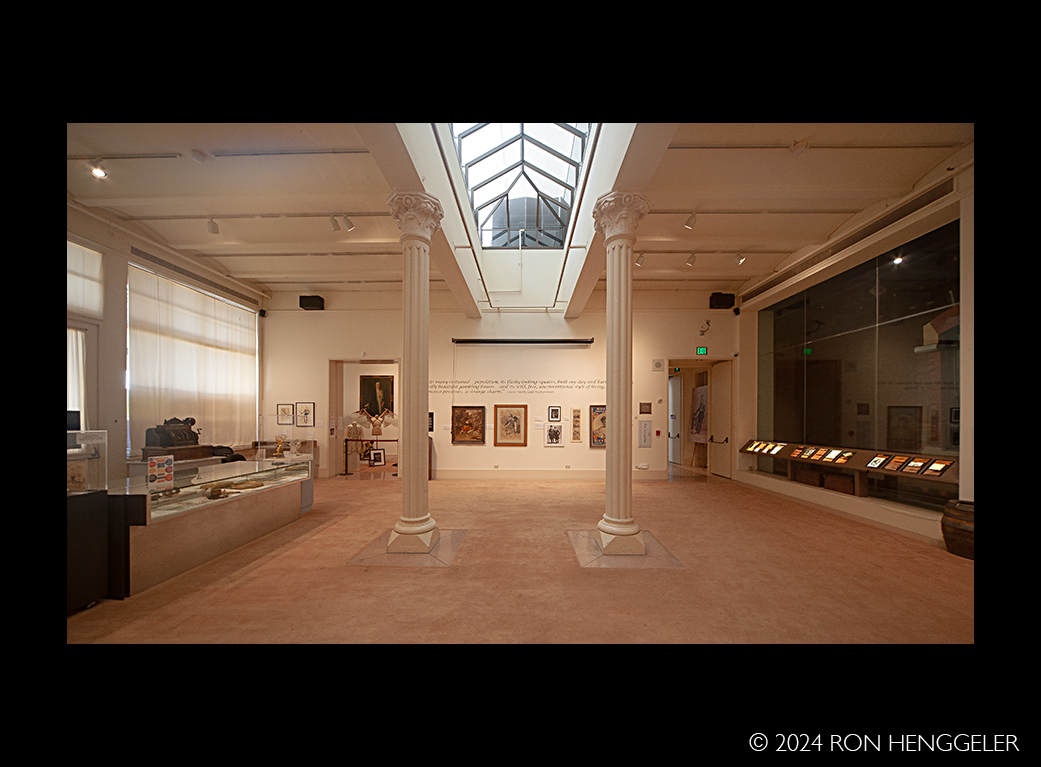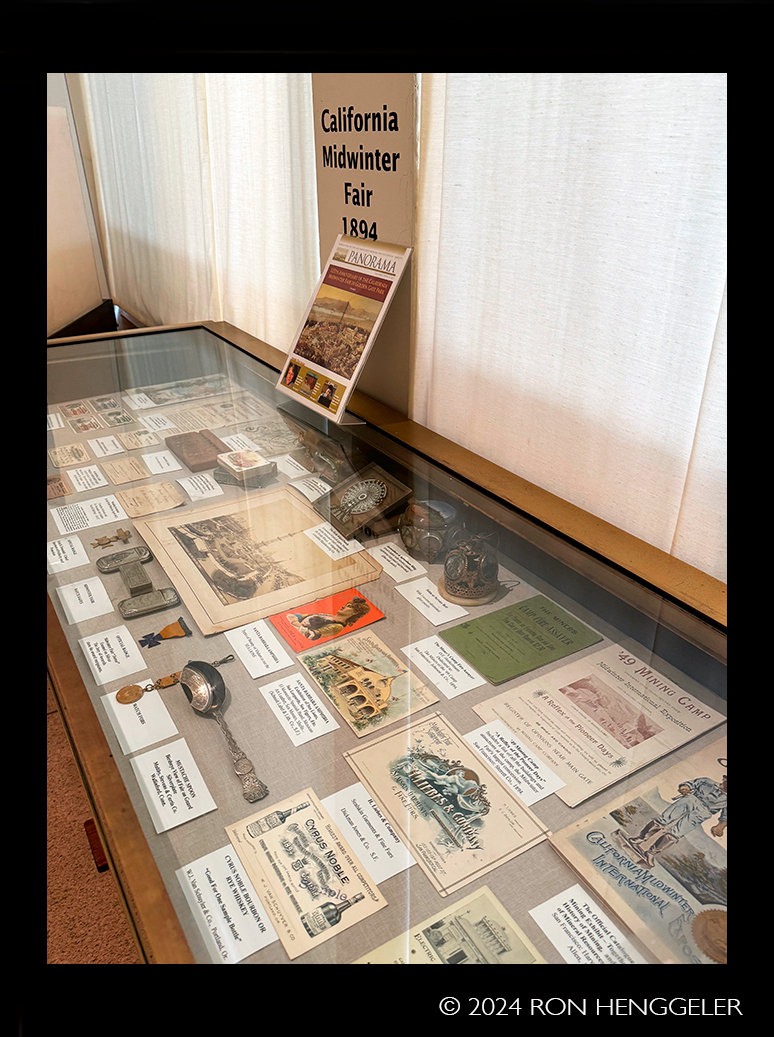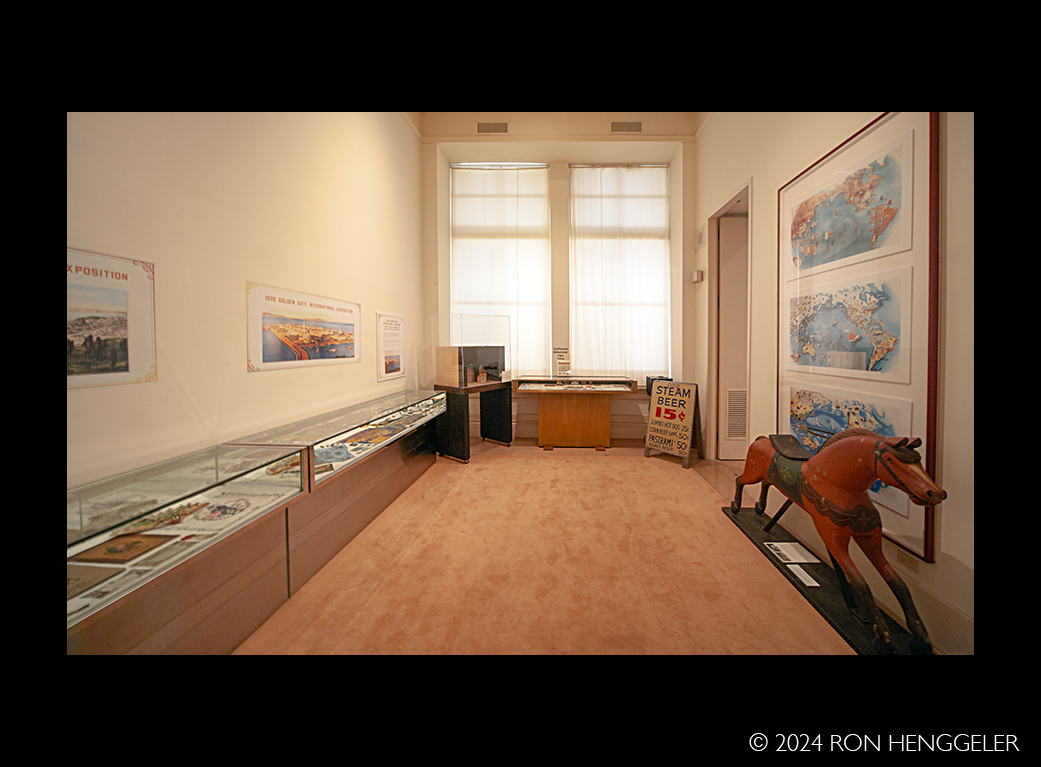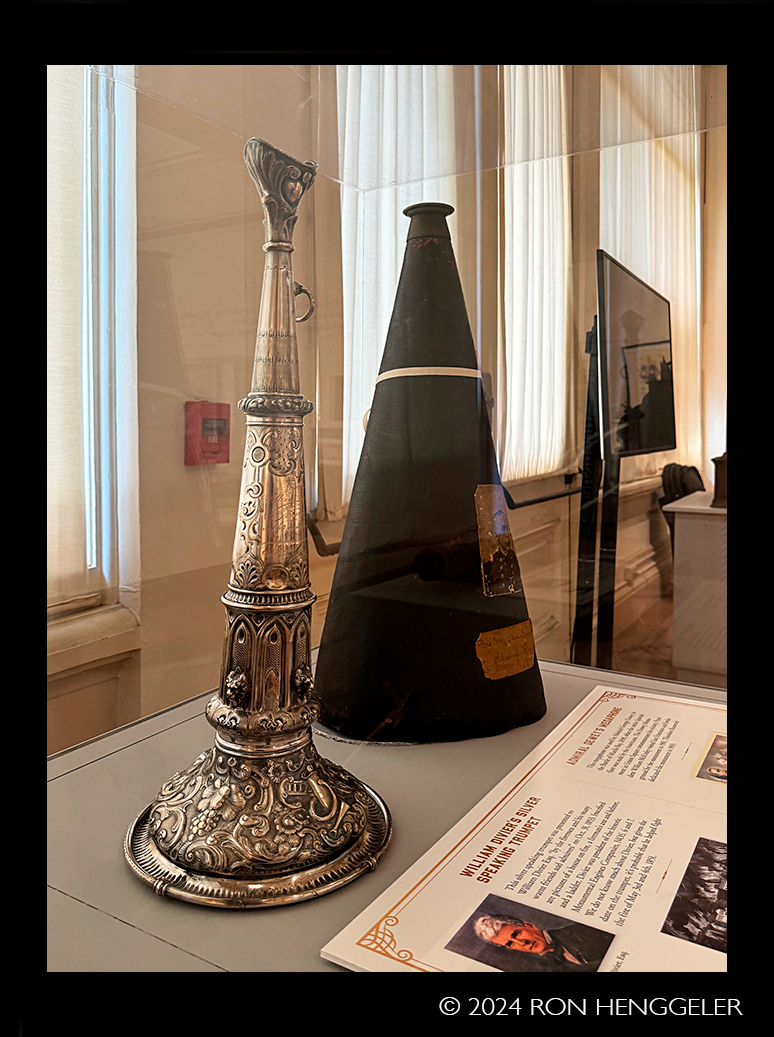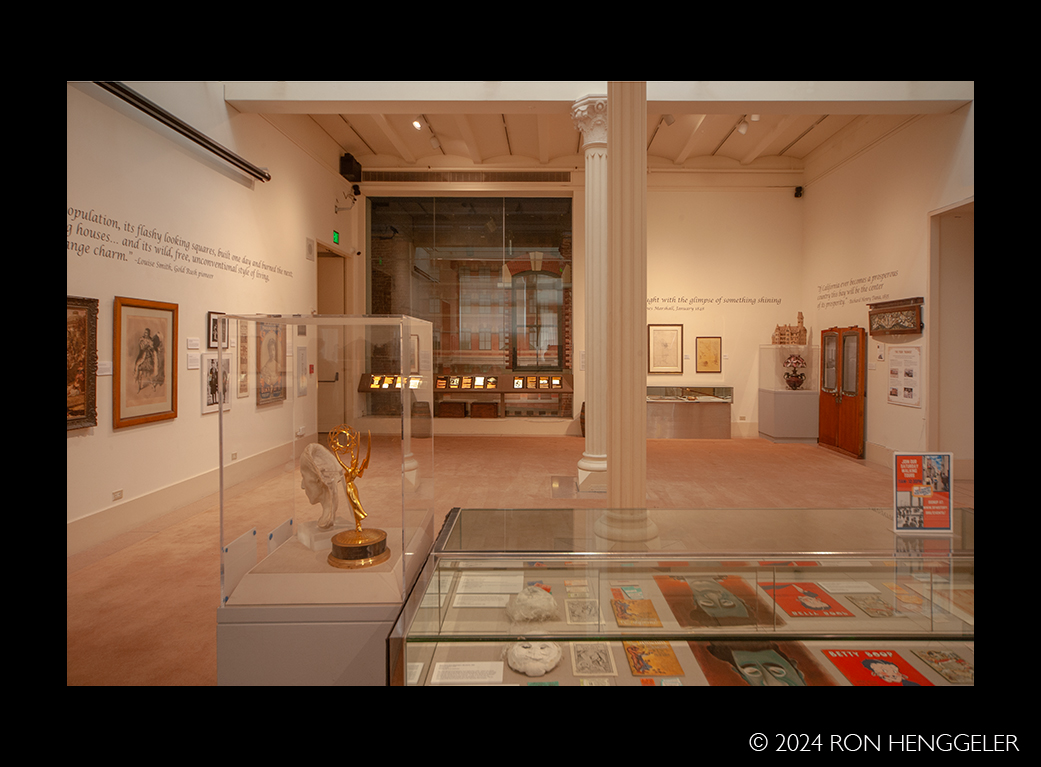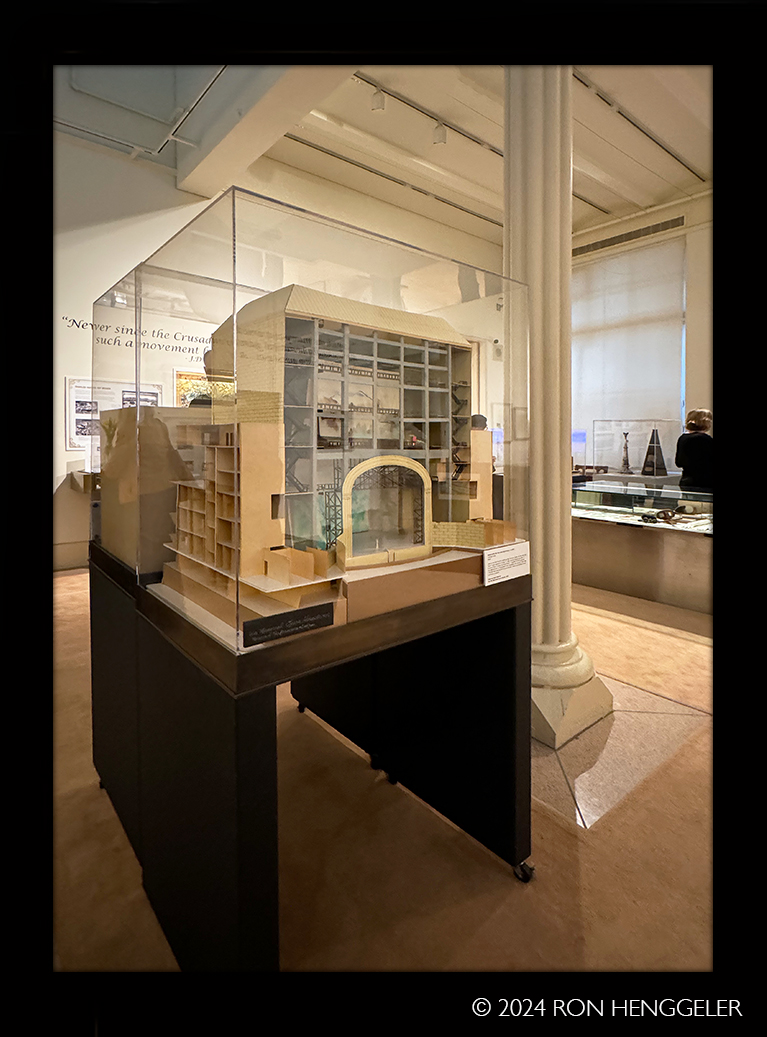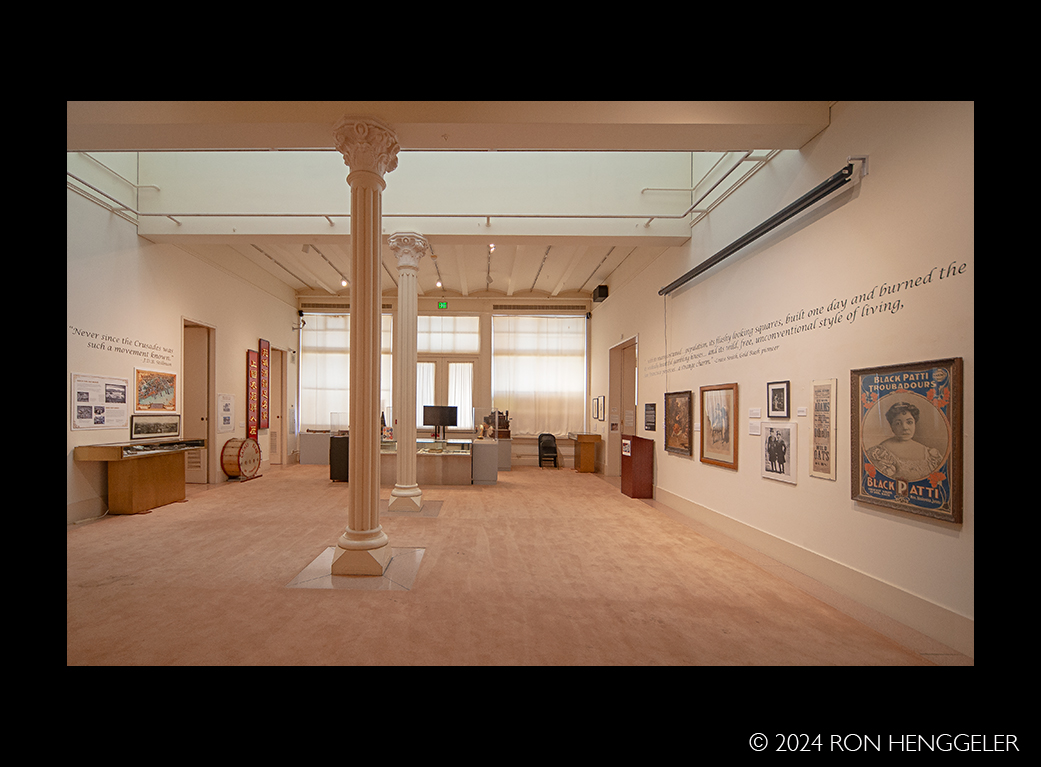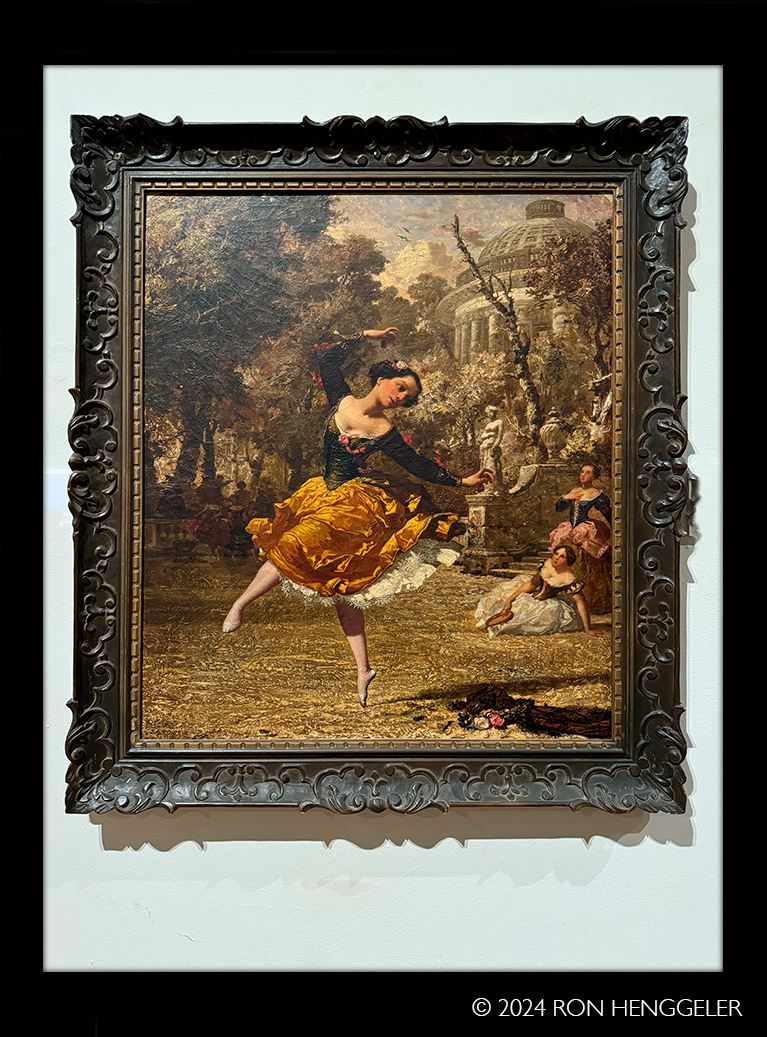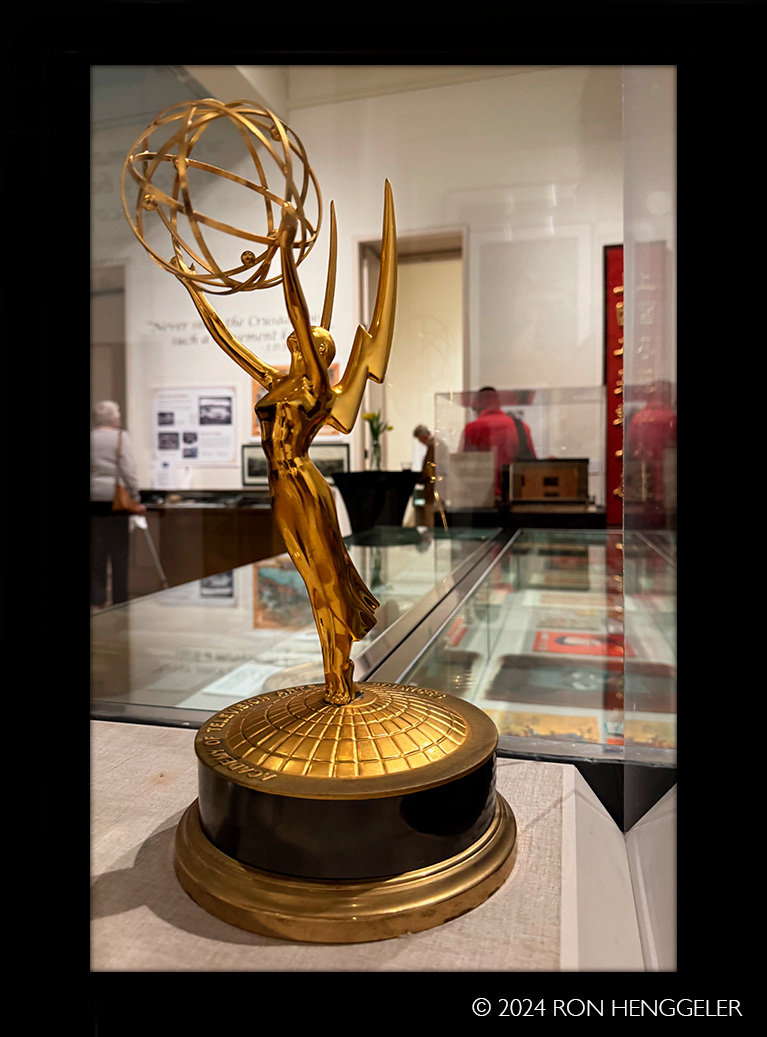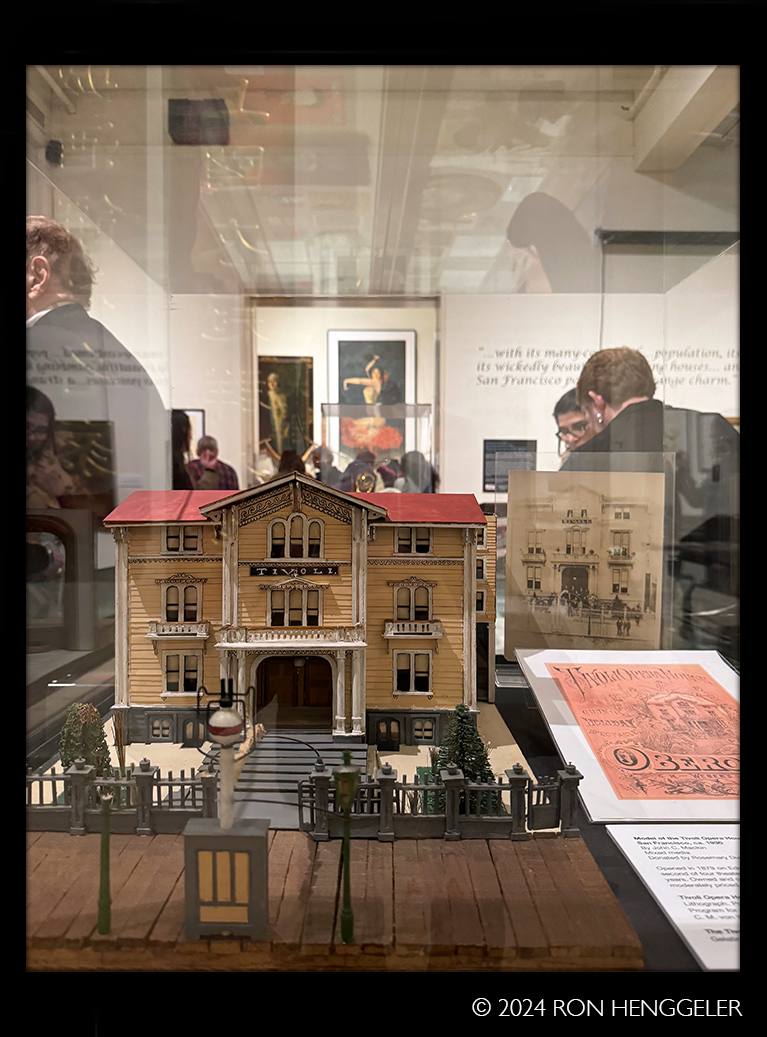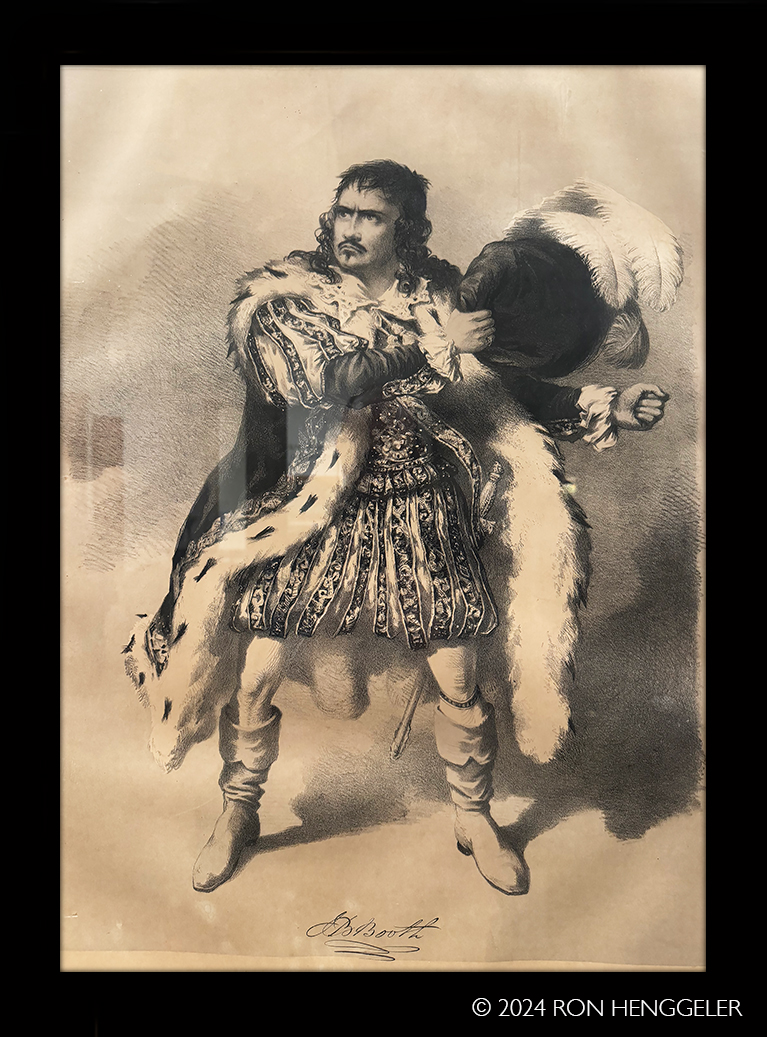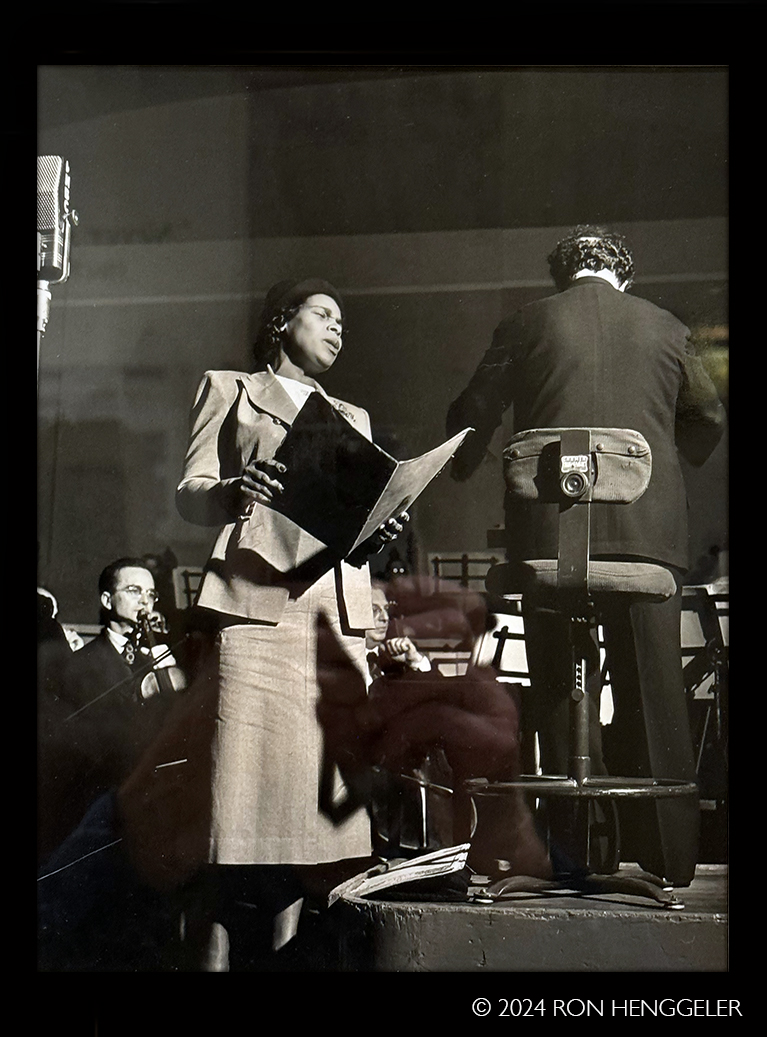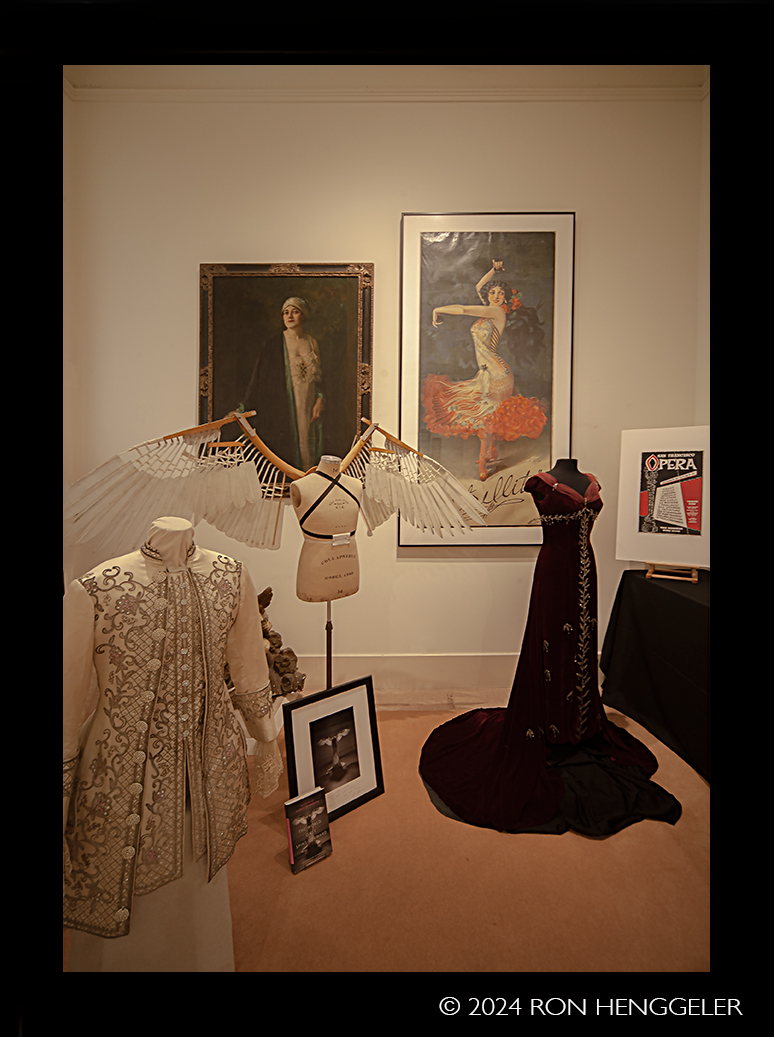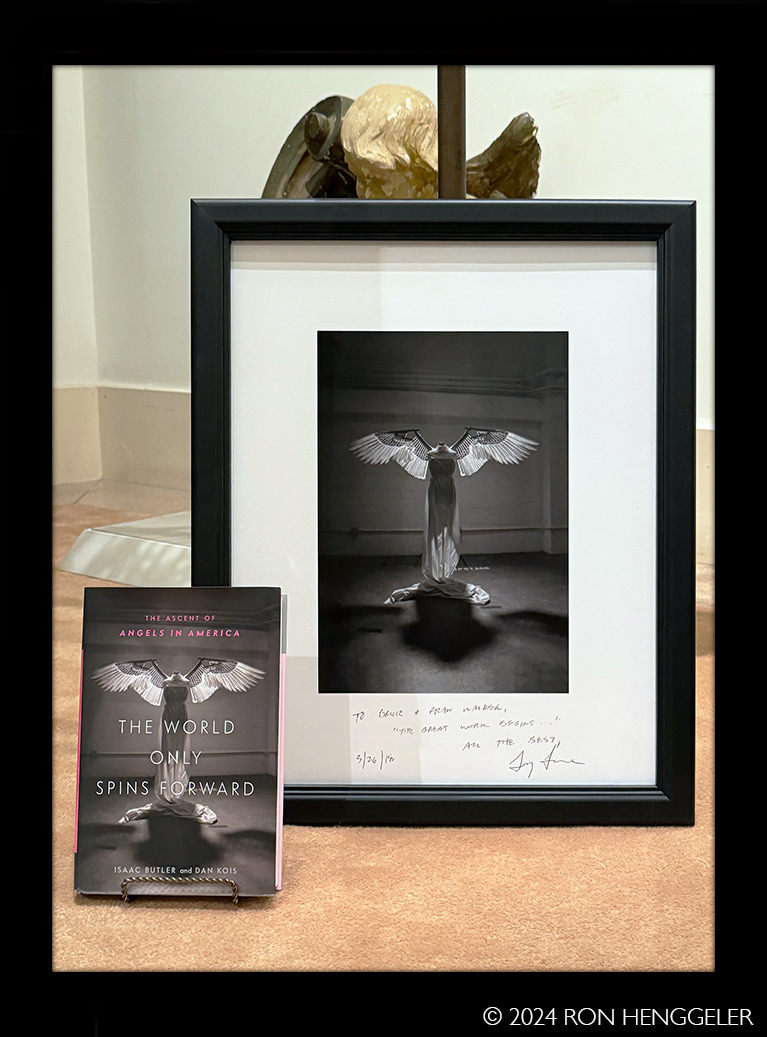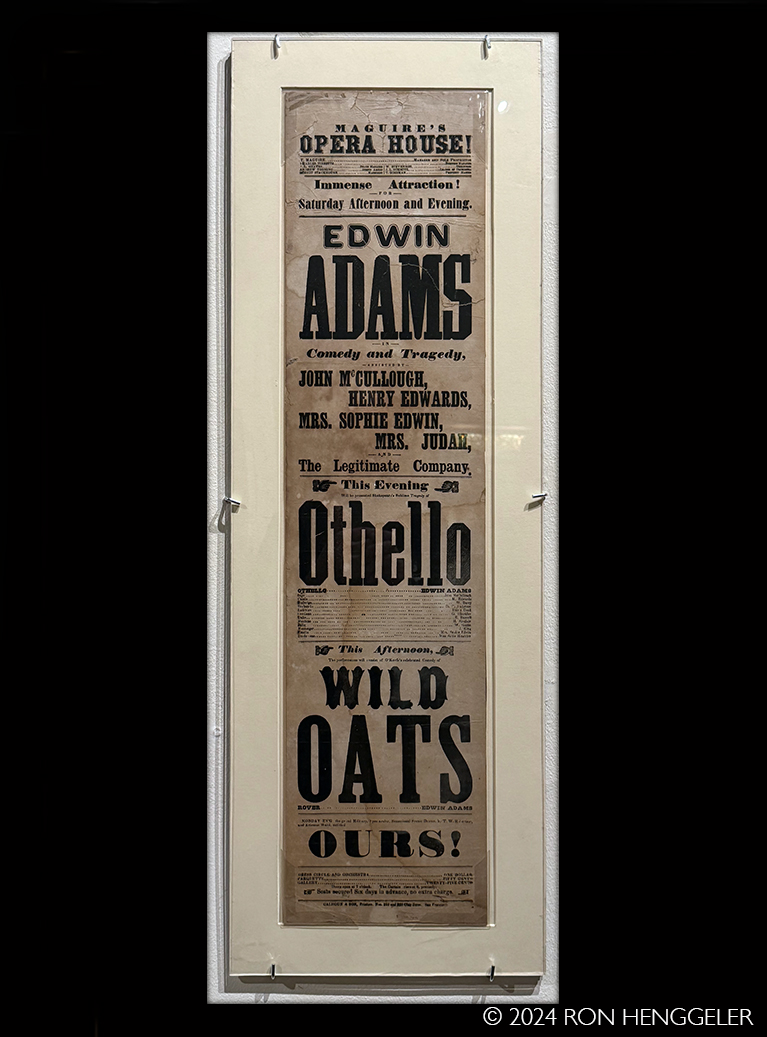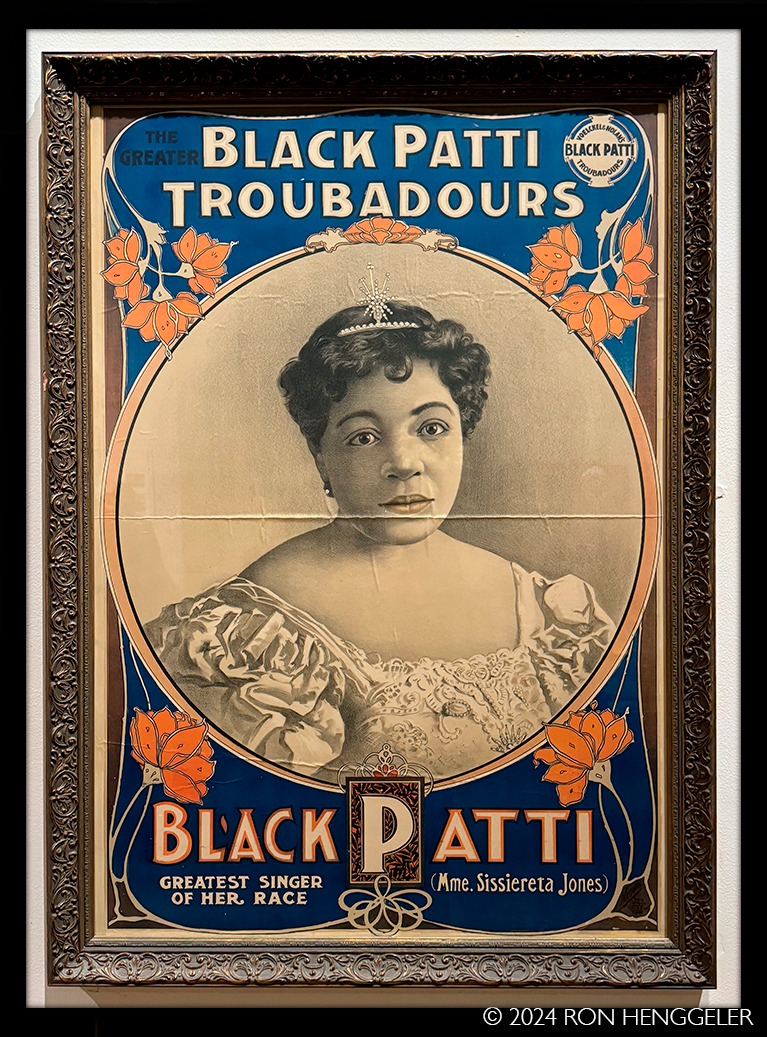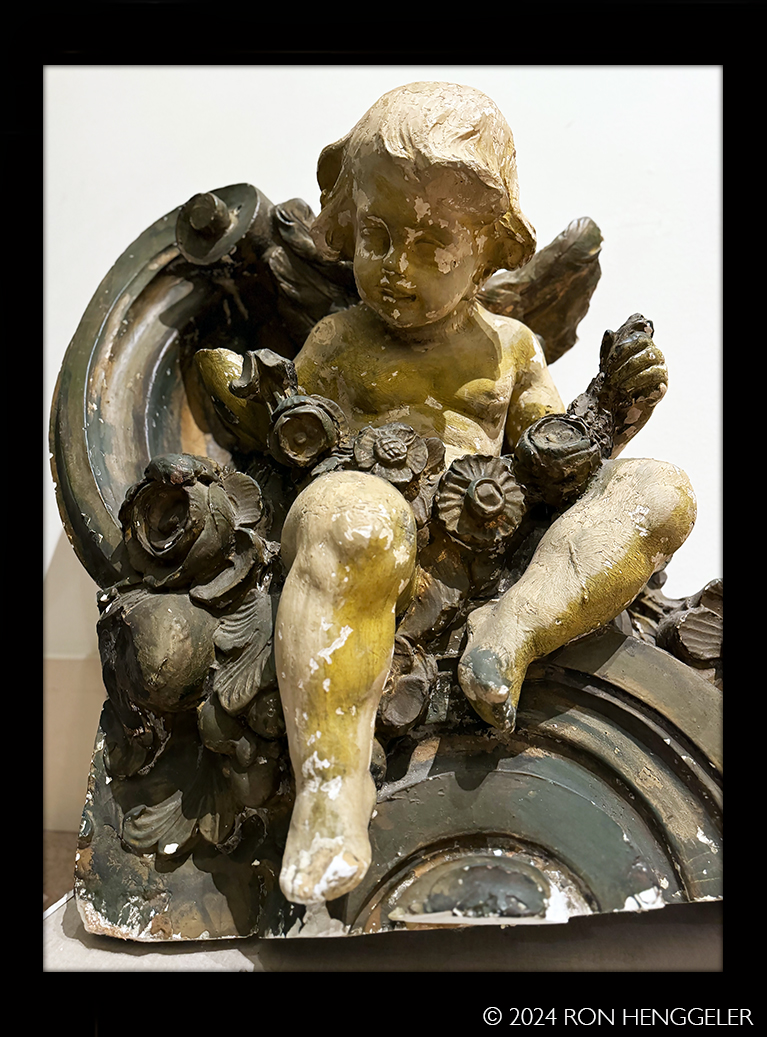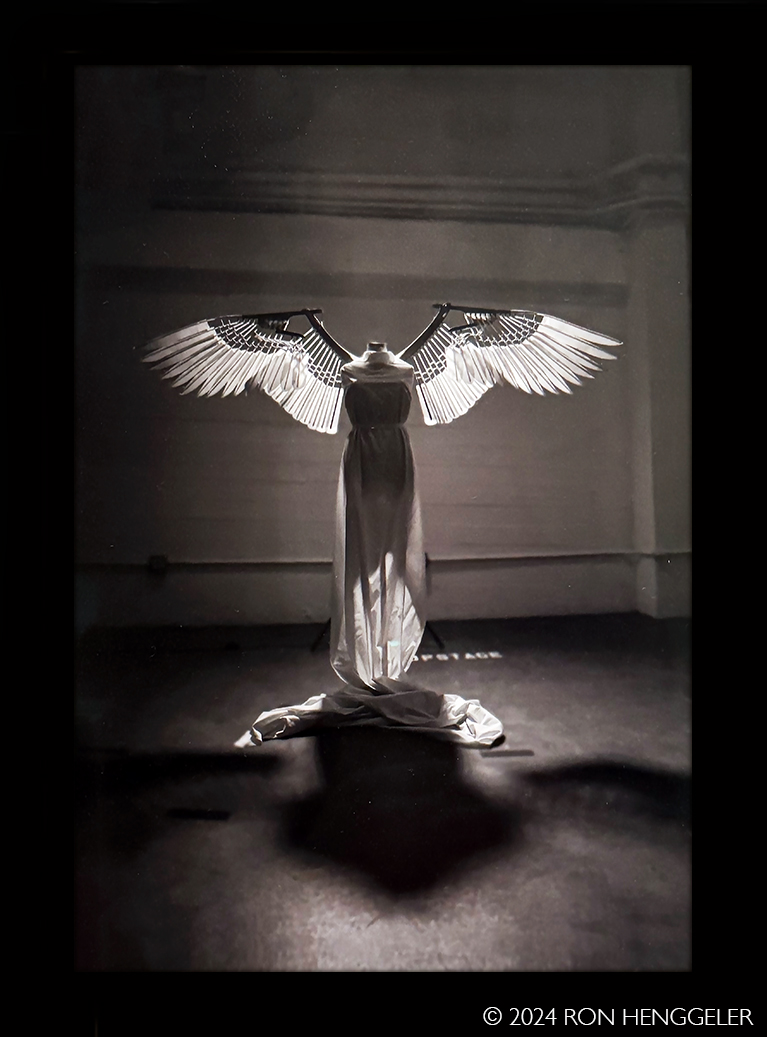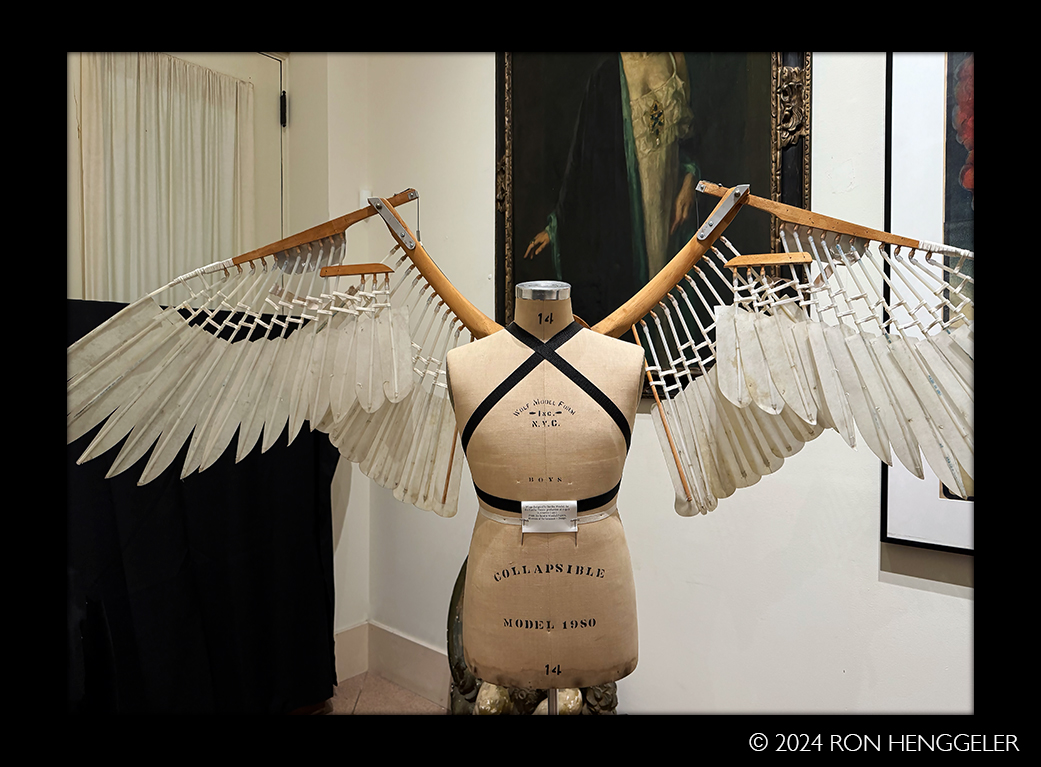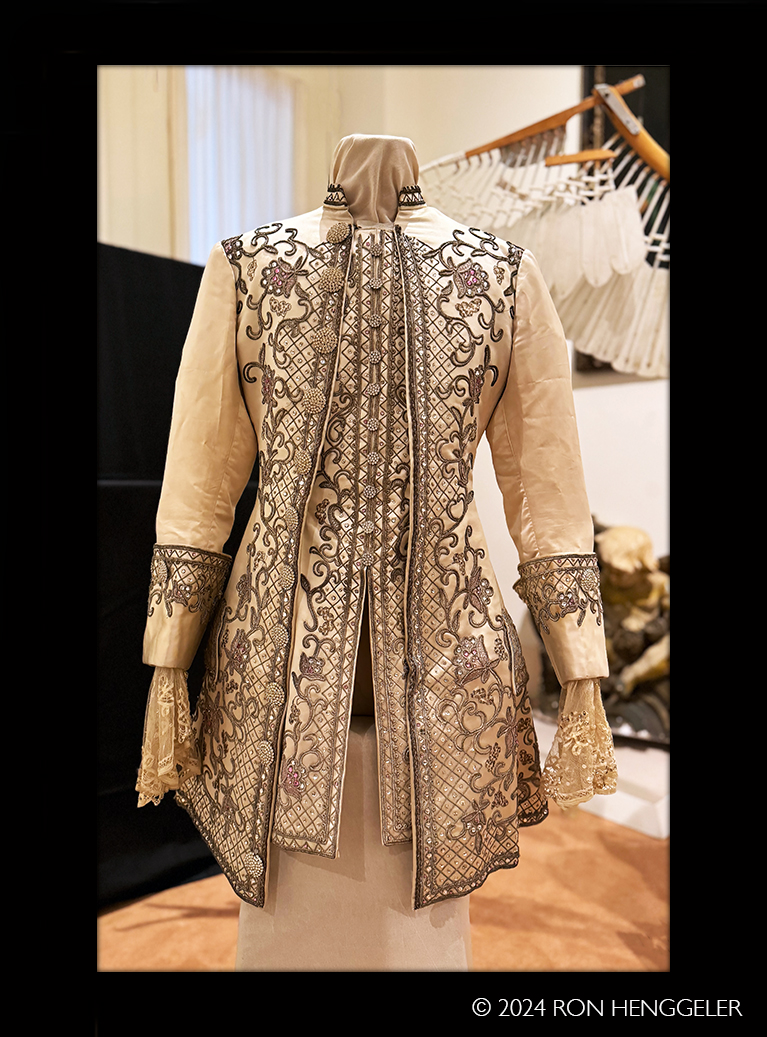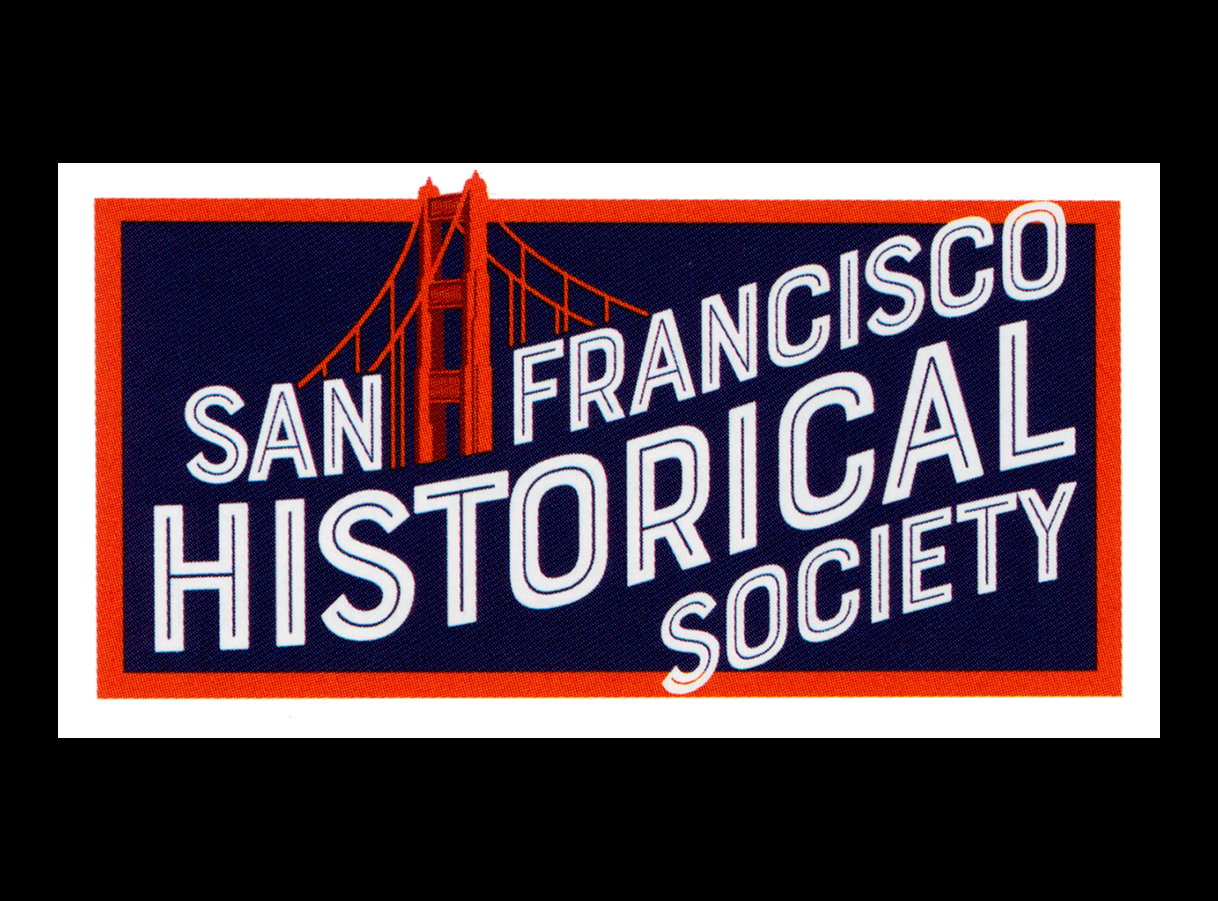| |
July 10, 2024
The San Francisco Historical Society |
|
| |
608 Commercial Street |
|
| |
The SFHS Museum is located at the epicenter of San Francisco's historic core, on one of the city's oldest commercial streets. The Museum is both a National and a City Historic Landmark. The building marks the site of the first U.S. branch mint in the West.
Montgomery Street, one-half block away, marks the original waterline of Yerba Buena Cove.
The Museum's permanent exhibit showcases the building's history. Visitors can peer into the underground brick vault where gold was stored. The vault survived the 1906 earthquake and fire. The museum contains a mix of permanent and temporary exhibits presenting the colorful history of San Francisco.
The museum at 608 Commercial Street is open:
Thursday, Friday, Saturday
10:00 a.m. to 4:00 p.m.
|
|
|
|
| |
If you haven’t had a chance to visit the museum, or if you’d like to revisit it, you can now take a virtual tour, courtesy of SF Travel.
|
|
| |
|
|
|
| |
|
|
| |
|
|
|
| |
The shoreline of Yerba Buena Cove before the Gold Rush of 1849.
The present day site of the Transamerica Pyramid and 608 Commercial, home of the San Francisco Historical Society.
|
|
| |
|
|
|
| |
The banner above shows the original waterline of the cove. The red flag shows where the SFHS Museum is located at 608 Commercial.
|
|
| |
|
|
|
| |
Main entrance of the San Francisco Historical Society Museum at 608 Commercial Street. |
|
| |
|
|
|
| |
|
|
| |
The San Francisco Historical Society exists to uncover, preserve,
and present, in engaging ways, the colorful and diverse history of our city from its earliest days to the present. |
|
|
| |
|
|
| |
|
|
|
| |
A 17ft-long photograph of San Francisco in 1878 taken by Eadweard Muybridge
|
|
| |
|
|
|
| |
|
|
| |
|
|
|
| |
The Muybridge panorama of San Francisco in 1878 |
|
| |
|
|
|
| |
A 17ft-long photograph of San Francisco in 1878 taken by Eadweard Muybridge
|
|
| |
|
|
|
| |
Detail of Gold Rush and 1906 artifacts from the glass case in the museum's main entrance lobby.
|
|
| |
|
|
|
| |
SAN FRANCISCO
EARTHOUAKE AND FIRE OF 1906
BY THE NUMBERS
The FIRE
* Number of individual fires that merged into one massive firestorm: 50
* Number of city blocks that burned: 522
* Number of buildings destroyed: 28,188
* Windspeed of updrafts caused by the fire: 100 mph
* Temperature of fire: more than 2,000 degrees
(hot enough to melt iron)
* Duration of the fire: 3 days |
|
| |
|
|
|
| |
|
|
| |
|
|
|
| |
|
|
| |
|
|
|
| |
|
|
| |
|
|
|
| |
Detail of Gold Rush and 1906 artifacts from the glass case in the museum's main entrance lobby. |
|
| |
|
|
|
| |
|
|
| |
|
|
|
| |
If you haven’t had a chance to visit the museum, or if you’d like to revisit it, you can now take a virtual tour, courtesy of SF Travel.
Click HERE for a 360-degree tour of the SFHS Museum. |
|
| |
|
|
|
| |
|
|
| |
|
|
|
| |
|
|
| |
|
|
|
| |
The Crocker mansion took up the entire block on Nob Hill where Grace Cathedral is now located. |
|
| |
|
|
|
| |
A stained glass window from the Crocker mansion on Nob Hill.
Nothing says as much about prosperity to come as the completion of the Transcontinental Railway in 1869. Charles Crocker was one of the "Big Four" who made a fortune as a founder of the Central Pacific Railroad. Crocker built an elaborate mansion at the top of Nob Hill, which some people considered a quintessential example of what money can do in the absense of taste.
The mansion was destroyed in the eathquake and fire of 1906. The stained glass window above somehow survived the disaster, a relic of the gilded age.
(You can see the Crocker Mansion and Crocker's famous "spite fence" in the Muybridge panorama in the Museum's entryway.) |
|
| |
|
|
|
| |
A model of the Mark Hopkins mansion.
The Hopkins mansion stood on Nob Hill at California and Mason where the Intercontinental Mark Hopkins Hotel is located today. The mansion cost 3 and a half million dollars in 1878, about 95 million in today's money.
|
|
| |
|
|
|
| |
This lamp is a rare survivor from the Lick House.
The hotel was destroyed in the 1906 earthquake and fire.
It emerged nearly unscathed by the disaster.
James Lick arrived in San Francisco in 1848 from Peru with fellow immigrant Domingo Ghirardelli, who brought with him 600 pounds of chocolate.
Lick immediately began buying real estate in San Francisco, and amassed great wealth.
In 1861 he began construction of a grand hotel at Montgomery and Sutter Streets. The hotel dining room could seat 400 people and was styled after a room at Versailles. Lick House was considered the finest and most opulent hotel west of the Mississippi.
James Lick was the wealthiest person in California when he died.
An eye on the sky . . . The Lick Observatory on Mt. Hamiliton
|
|
| |
|
|
|
| |
|
|
| |
|
|
|
| |
|
|
| |
|
|
|
| |
A wonderfully illustrated and informative book about San Francisco during the heady days of the California Gold Rush is titled:
When the Water Came Up to Montgomery Street
The book is by Charles Fracchia and was published in 2009 |
|
| |
|
|
|
| |
With ships, merchandise and equipment, and thousands of sea-route argonauts pouring into California through the Golden Gate, San Francisco instantly became the hub of the gold rush. No city grew bigger or faster, or with more hustle and bustle. Its population in January 1848 was 800; by 1853 it had mushroomed to over 50,000, with tens of thousands more passing through to and from the mines each year. For a larger version see of this image:
|
|
| |
|
|
|
| |
Looking across the Yerba Buena Cove from Rincon Point towards Telegraph Hill. In the foreground is part of Hare's ship breaking yard and the front yard of his house. Half-sunk ships, including the small dark KANGAROO, can be seen at the foot of the hill.
The KANGAROO was the first ferry on the bay. The roofed over ship at the left likely served as living quarters for some of the ship breakers. Hare employed well over 100 Chinese at his yard from a nearby shrimp village. |
|
| |
|
|
|
| |
The buried hull of the Candace, found at Folsom and Spear in 2016.
About 60 feet of the ship leading to the rudder was found. Just beyond the ship can be seen a lattice structure used to drag the ships onto. It helped keep the ships and large parts free of the thick shoreline mud-and no doubt was a great aid to the workers themselves.
The hull of the Candace, an 1818 three-masted bark, dug up at Spear and Folsom Streets on January 2006.
For more on the Candace: SFGate
|
|
| |
|
|
|
| |
Artifacts found on site with the Candace. |
|
| |
|
|
|
| |
I found this boot in a pile of dirt next to the Candace while I was photographing the exposed hull at Spear and Folsom Streets in January 2006.
|
|
|
| |
A map of San Francisco in 1851 showing the original shoreline of San Francisco Bay. The entire present day Financial District resides on landfill going back to the California Rush days. The darker lines on this map that extend out into the water depict wharfs the were built out to the deeper waters during the Gold Rush in order for goods and supplies to be offloaded from the ships. All the streets in the Financial District running east to west began as wharfs. Broadway, Pacific, Jackson, Washington, Clay, Commercial, Sacramento, California, and Market.
The teal shadowed area is roughly the outline of Yerba Buena Cove when the city was founded and there are more than 40 old wooden ships buried in the old cove that is now part of the city. |
|
| |
|
|
|
| |
Archaeological dig site of the Candace in 2016.
CHARLES HARE, SHIP BREAKER
Charles Hare and his family arrived in San Francisco during the Gold Rush in 1852 and soon set up a ship breaking yard at Rincon point, where today's Bay Bridge touches San Francisco's waterfront. (Note this location in the lower left corner of the adjacent map.) In 1850 or 1851, one of California's first Chinese fishing villages was established immediately south and its fishermen, at least part-time, were employed by Hare in breaking up old ships for firewood and to sell their parts to other shipbuilders. As described at the time:
"Hare dismantled many of the hulks lying idle in the harbor. Rows of old hulks were moored off Market Street wharf, maritime relics of the Gold Rush. That was 'Rotten Row. One by one they fell victim to Hare... who purchased them, broke them up, put the shattered timbers in one pile, the iron bolts in another, the copper in another, the cordage in another until all that remained of these old fashioned ships and brigs was so many ghastly piles of marine debris." |
|
| |
|
|
|
| |
Gold rush-era artifacts found at the Candace dig site. |
|
| |
|
|
|
| |
|
|
| |
|
|
|
| |
|
|
| |
|
|
|
| |
|
|
| |
|
|
|
| |
|
|
| |
|
|
|
| |
Rare photos by Marcello Camarri, of the 1939 Golden Gate International Exposition on Treasure Island |
|
| |
|
|
|
| |
|
|
| |
|
|
|
| |
The 1915 Panama-Pacific International Exposition (PPIE)—a world's fair commemorating the opening of the Panama Canal just nine years after the devastating earthquake and fires of 1906—emerged on 635 acres of land previously submerged by water. |
|
| |
|
|
|
| |
|
|
| |
|
|
|
| |
|
|
| |
|
|
|
| |
|
|
| |
|
|
|
| |
|
|
| |
|
|
|
| |
|
|
| |
|
|
|
| |
Anna Pavlova Life Mask, 1925
Victor Frisch (1876-1939), Artist
Plaster
Donated by the Estate of George Pring
The life mask captures the other-worldly aura of legendary Russian Prima Ballerina Anna Pavlova (1881-1931). Her last appearance in San Francisco was in 1915 at the Cort Theater, where she premiered in California Poppy as a gift to her West Coast admirers. Born in St. Petersburg, Russia to a poor family, Pavlova is regarded as one of the most celebrated ballerinas of all time.
Pavlova's fame came from her innate sense of interpretation, translating complex characters into graceful movements.
|
|
| |
|
|
|
| |
Model of the War Memorial Opera House, ca. 1975
Unknown Artist
Paper
Home to the San Francisco Ballet and San Francisco Opera, the War Memorial Opera House opened on October 15, 1932, with the Opera's production of Puccini's Tosca. Designed by Arthur Brown, Jr. (architect of Coit Tower and City Hall) and built as a memorial to San Franciscans who served in World War 1, the War Memorial was the first opera house in America built entirely through community donations.
Opening night ticket for
the War Memorial Opera House, 1932 |
|
| |
|
|
|
| |
|
|
| |
|
|
|
| |
|
|
| |
|
|
|
| |
San Francisco On Stage:
The Inaugural Collaboration
Between the San Francisco Historical Society And the Museum of Performance + Design
San Francisco's emergence as a center for the performing arts began during the Gold Rush era. The influx of fortune-seekers from around the world brought a diverse population that craved entertainment, leading to the establishment of theaters, saloons, and performance venues that laid the foundation for a thriving cultural scene.
Our first collaborative exhibit features highlights of MP+D's collection across an array of performance genres, including dance, music, and theater.
SFHS and MP+D look forward to an ongoing relationship and a shared commitment to celebrate San Francisco's rich history of performing arts through ongoing exhibits, performances and presentations. |
|
| |
|
|
|
| |
Marie Taglioni as "La Gitana-The Gypsy," 1839
Joseph Rubens Powell, Artist
Oil Painting
Though Marie Taglioni (a.k.a. the Comtesse de Voisins, born Sweden,
1804-1884), the greatest ballerina of the Romantic period, never danced in San Francisco, this painting has been in the City since the Gold Rush days.
It was brought to San Francisco by Col. R. B. Woodward, who exhibited it in his "What Cheer House," a men's club formerly located at Sacramento and Leidesdorff Streets. The painting was later hung at his art gallery in Woodward's Garden. |
|
| |
|
|
|
| |
Emmy® Awarded to Michael Smuin for Outstanding Achievement in Choreography for San Francisco Ballet's A Song for Dead Warriors, 1983
Copper, nickel, silver and gold Donated by Stephen Smuin
Ballet dancer and award-winning choreographer Michael Smuin (1938-2007) danced with American Ballet Theatre and San Francisco Ballet, where he also served as Co-artistic Director for 12 years. |
|
| |
|
|
|
| |
|
|
| |
|
|
|
| |
Junius Brutus Booth as Richard Ill, late 19th century
Unknown Artist
Lithograph
Junius Brutus Booth (1796-1852), one of the most celebrated Shakespearean actors of his day, was near the end of his career when he arrived in San Francisco in 1852 with two of his three sons, actors Junius Jr. and Edwin.
Junius, Jr. traveled to Sacramento to learn theater management and Edwin honed his acting skills in the mining camps before becoming known as the
"Prince of Players." Booth's youngest son, John Wilkes, became infamous for assassinating President Abraham Lincoln. |
|
| |
|
|
|
| |
Marian Anderson performing on The Standard Hour Radio Broadcast, 1937
Jon Brenneis, Photographer
Gelatin silver print photograph
Donated by Lily Michaelis.
On February 24, 1937, contralto Marian Anderson (1897-1993) made her San Francisco debut, performing a solo concert at the War Memorial Opera House.
Ten days later, Anderson appeared as a guest soloist with the San Francisco Symphonyunder the direction of Pierre Monteux. One of the greatest singers of the 20th century, Anderson was the first Black Presidential inauguration performer and broke the Metropolitan Opera's color barrier. |
|
| |
|
|
|
| |
|
|
| |
|
|
|
| |
Wings from Eureka Theatre's production of Angels in America, 1991
Designed by Sandra Woodall
In 1991, the Eureka Theatre presented the world premiere of the Pulitzer prizewinning play Angels in America. MP+D not only has the video recording of that production among its 6,000 performance videos, but also the original Angel wings, which were used on the cover of the book The World Only Spins Forward: The Ascent of Angels in America.
Book Cover for The World Only Spins Forward depicting Angels In America Wings costume, 2018 |
|
| |
|
|
|
| |
Williams & Walker, ca. 1900
Unknown photographer
Gelatin silver print photograph (reproduction of original)
Bert Williams (1874-1922) and George Walker (1873-1911) met on San Francisco's Market Street in 1893 and soon after began their career together in the ten-man integrated troupe of Martin and Seig's Mastodon Minstrels. The two talented performers worked hard to develop their own musical-comedy variety act without the stereotypical blackface makeup, but found it difficult to become a hit with White audiences without the minstrel props and mannerisms. They eventually incorporated the minstrel dialect and blackface makeup into their act and became the most popular African American musical comedy duo in the nation.
The quality of their work shone through the stereotypical facade they had to adopt, and paved the way for other African American singers and dancers to break out of minstrelsy into other performing art forms on the American stage. |
|
| |
|
|
|
| |
Broadside advertising Edwin Adams, Othello, and Wild Oats at Maguire's Opera House (opened in 1856), August 1867
Lithograph |
|
| |
|
|
|
| |
Poster for Matilda Sissieretta Joyner Jones performing as "The Black Patti," ca. 1896
Ink on paper
Published by National Printing & Engraving Company
Donated by Margaret Norton
African American performer Sissieretta Jones (1868-1933) was given the stage nameThe Black Patti because audiences compared her stellar voice to that of world-renowned Italian opera singer Adelina Patti. In 1892, Jones made her debut at New York's Carnegie Hall. The New York Echo wrote of this performance, "If Mme. Jones is not the equal of Adelina Patti, she at least can come nearer to it than anything the American public has heard. Her notes are clear as a mockingbird's and her enunciation perfect." In spite of her prodigious talent, Jones found that racism kept her from performing in many of the major opera venues. As a consequence, she formed the Black Patti Troubadours in 1896 (later renamed the Black Patti Musical Comedy Company), which included skits and acrobatic routines as well as her operatic singing.
Jones performed at the White House three times for three different presidents during her illustrious career. In the early 1900s, she toured in over 2,400 shows across the United States, accompanied by her talented group of African American singers, dancers, musicians, and comedians. San Francisco was a favorite stop, with sold-out crowds packing the Orpheum every night to cheer the troupe. Eubie Blake and Josephine Baker were among the performers who began their careers in Black Patti's Trou-badours. While revenue from the company's performances provided her with a modest income, it did not allow her to save for her retirement. Jones continued to perform until 1915, but died in poverty. |
|
| |
|
|
|
| |
Cherub from the Fox Theatre, San Francisco (Built in 1929; Demolished in 1963)
Thomas Lamb, Architect
Plaster
Donated by Jill Demeter
Photograph of The Grand Lobby of the Fox Theatre, ca. 1929
Opened in 1929, the 4,600-seat Fox Theatre, located at Market and Hayes, was considered one of the grandest movie palaces in the Bay Area before it was demolished in 1963. It was replaced by Fox Plaza. |
|
| |
|
|
|
| |
Wings from Eureka Theatre's production of Angels in America, 1991
Designed by Sandra Woodall
Book Cover for The World Only Spins Forward depicting Angels In America Wings costume, 2018 |
|
| |
|
|
|
| |
|
|
| |
|
|
|
| |
Wings from Eureka Theatre's production of Angels in America, 1991
Designed by Sandra Woodall
Wood, aluminum, galvanized steel, bias tape, nylon rods, Filon, steel cables
Donated by Sandra Woodall
In 1991, the Eureka Theatre presented the world premiere of the Pulitzer prizewinning play Angels in America. MP+D not only has the video recording of that production among its 6,000 performance videos, but also the original Angel wings, which were used on the cover of the book The World Only Spins Forward: The Ascent of Angels in America.
|
|
| |
|
|
|
| |
Detail of:
Costume worn by Dorothy Kirsten in Tosca, 1950s Edith Head (1897-1981), Designer
Silk, velvet, satin
Donated by Vicki Hillebrand
American soprano Dorothy Kirsten (1910-1992) made her San Francisco Opera debut in 1947 and continued to appear in leading roles with the company over the next three decades. In 1970, she was the recipient of the first San Francisco Opera medal, the Company's highest honor. |
|
| |
|
|
|
| |
Costume worn by Opera Singer Blanche Thebom in Der Rosenkavalier, ca. 1950s
Helene Pons (1898 - 1990), Artist
Satin, silk, rhinestones
Donated by San Francisco Opera
American mezzo-soprano Blanche Thebom (1915-2010) made her
San Francisco Opera debut in 1947, where she performed frequently through 1963. In 1980, she was appointed director of the opera program at San Francisco State Universityand co-founded the Opera Arts
Training Program for the San Francisco Girls' Chorus. |
|
| |
|
|
|
| |
|
|
| |
|
|
|
| |
|
|
| |
|
|
|
| |
The San Francisco Historical Society exists to uncover, preserve,
and present, in engaging ways, the colorful and diverse history of our city from its earliest days to the present.
The museum at 608 Commercial Street is open:
Thursday, Friday, Saturday
10:00 a.m. to 4:00 p.m.
|
|
| |
|
|
